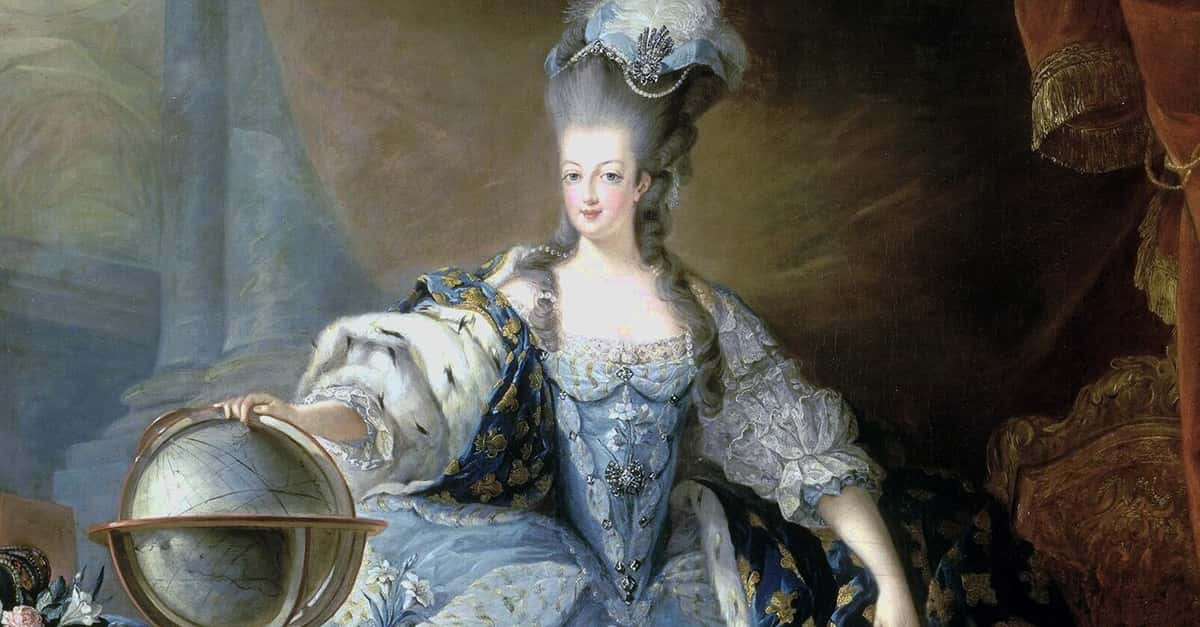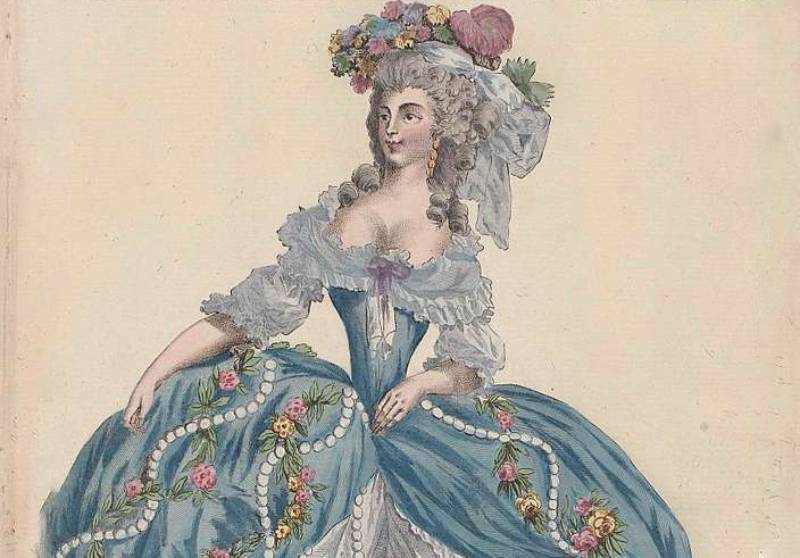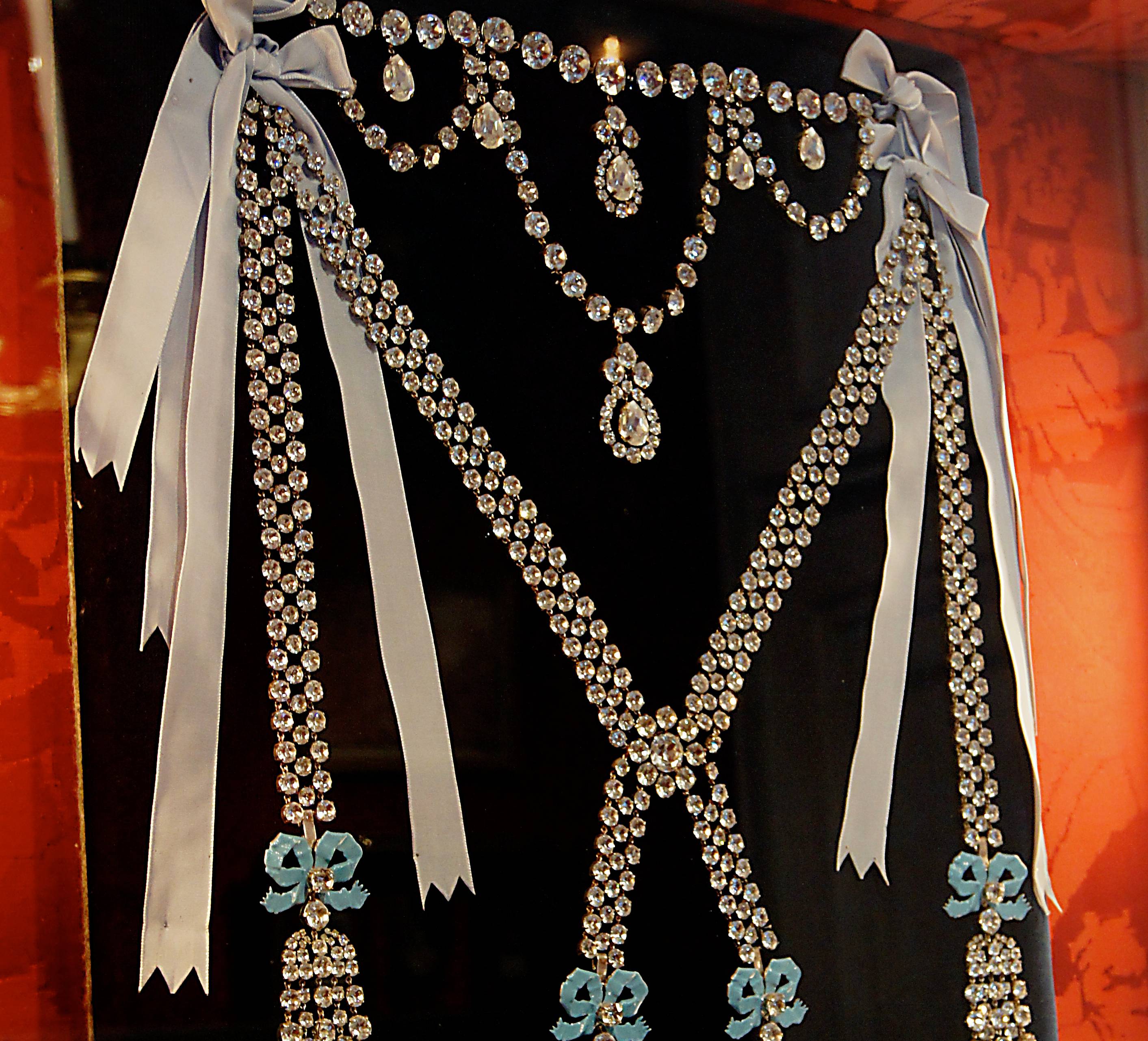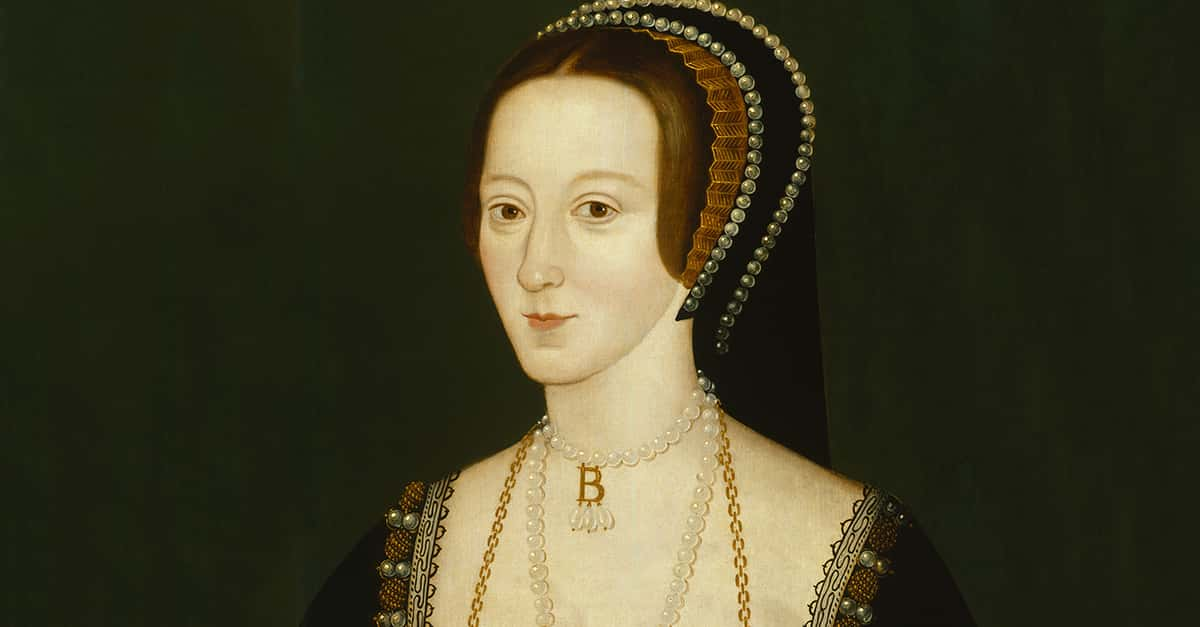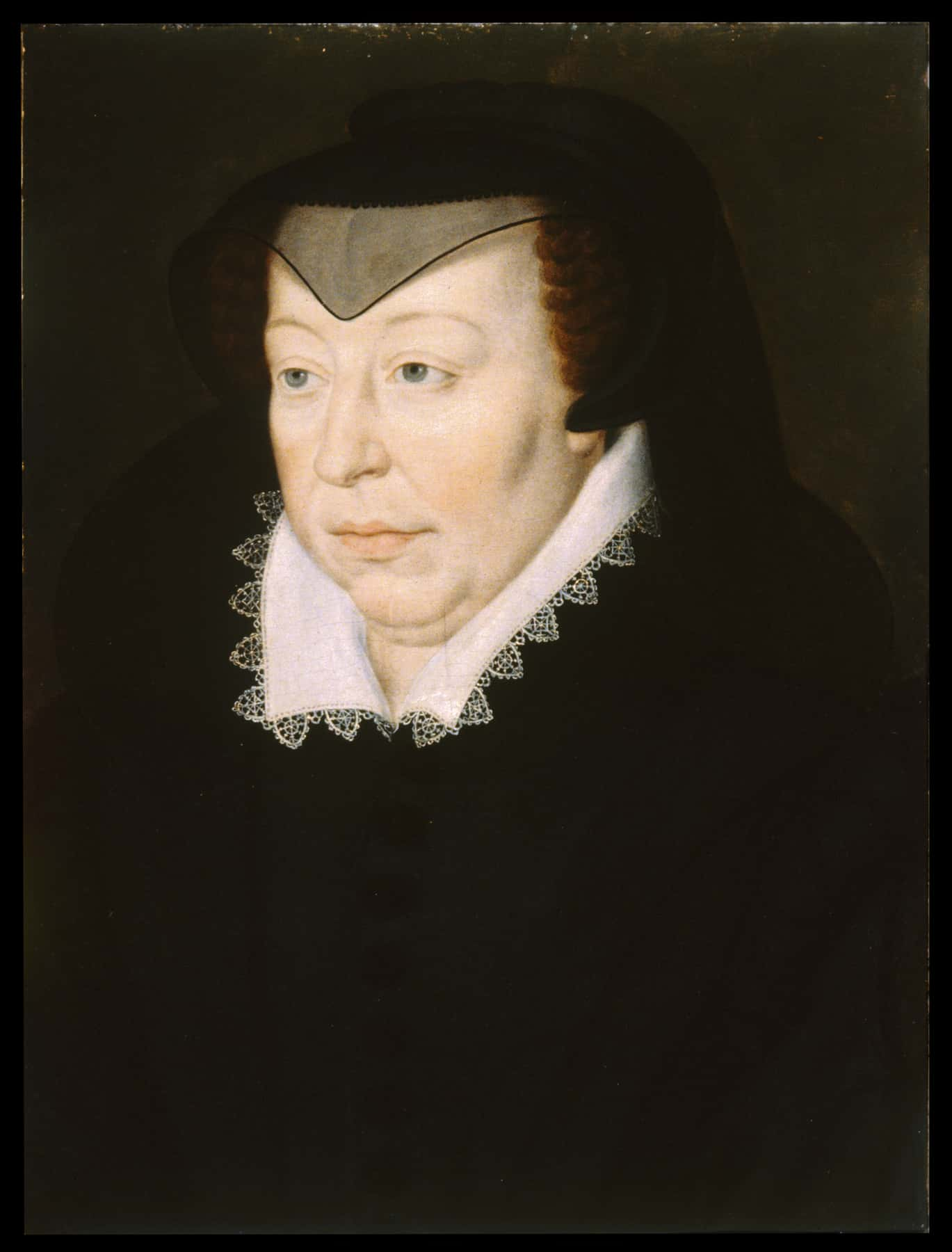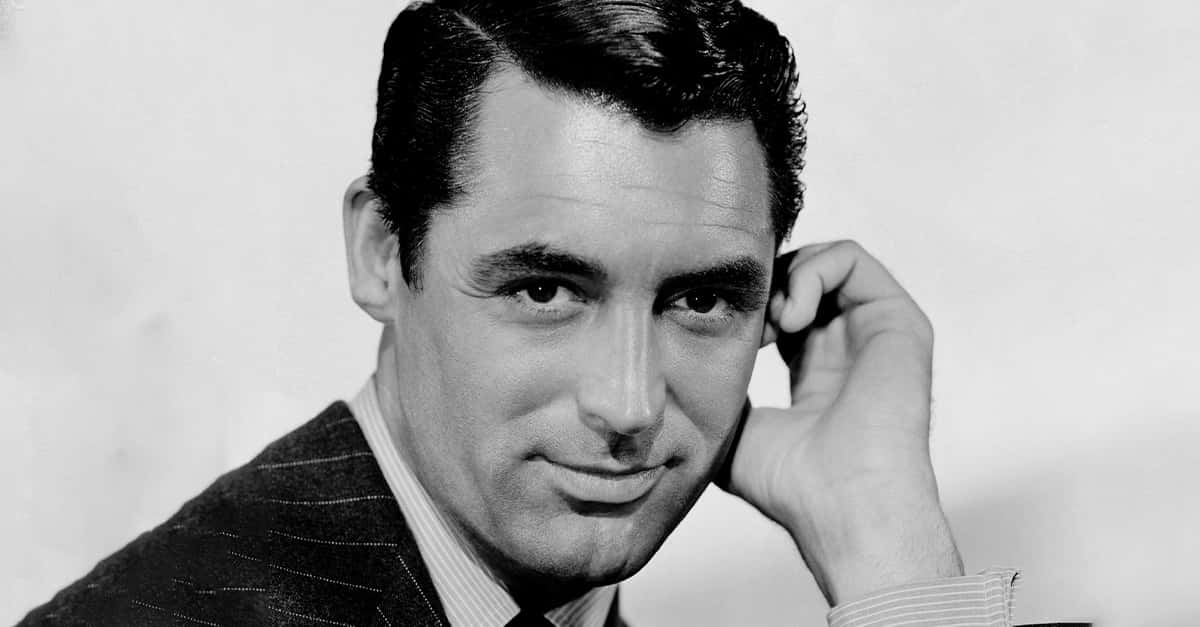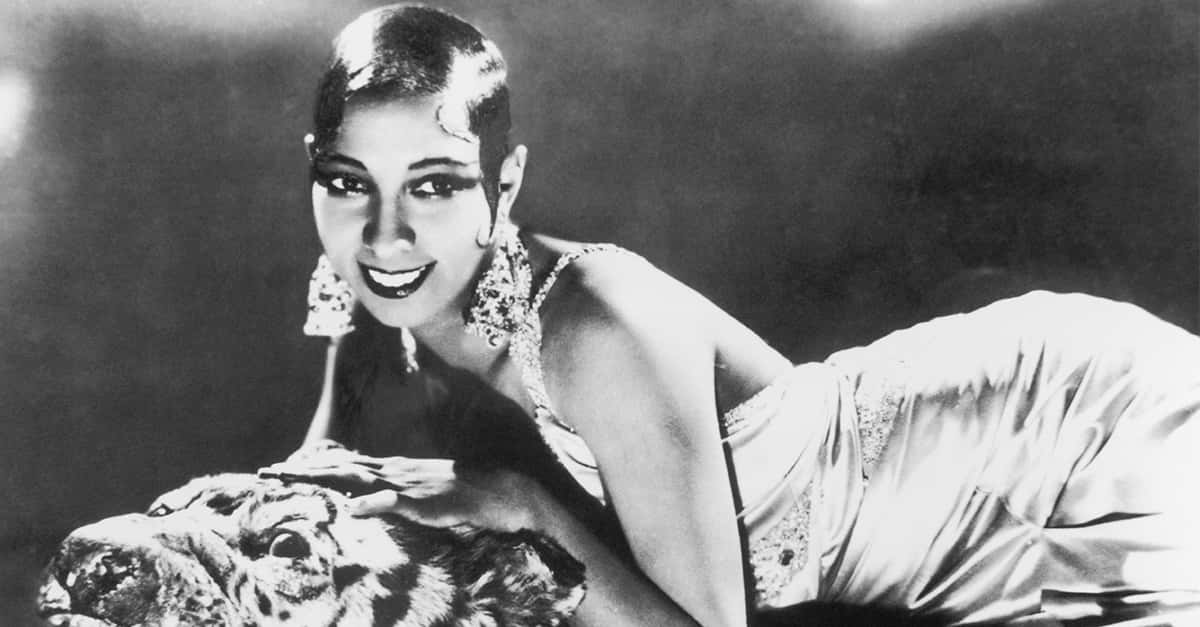Let Them Eat Cake
Few members of the French monarchy are as popular outside of France as Marie Antoinette. Queen during the volatile French Revolution, her story has the perfect blend of glamor and tragedy to capture the imagination of nations worldwide. From alleged affairs to escape plots, the last Queen of France led a fascinating life before the Revolution took her power—and her head.
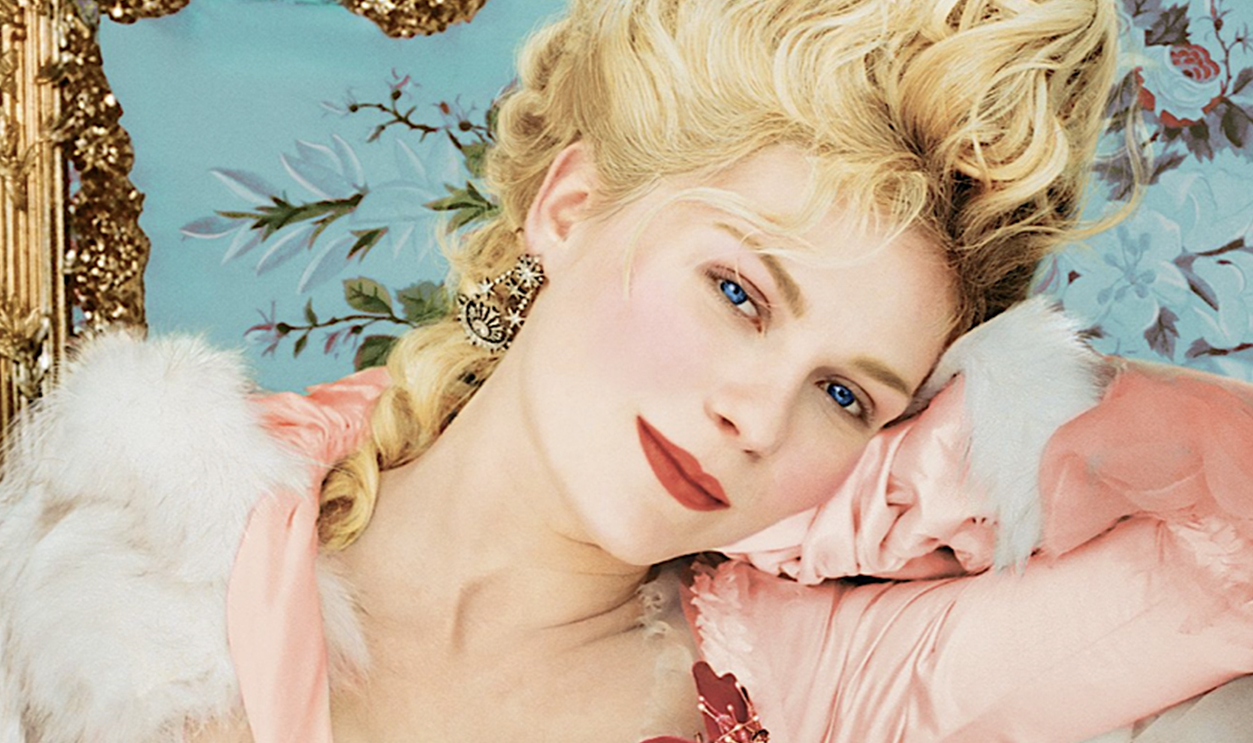
1. She Was Born Into Royalty
Marie Antoinette was the Archduchess of Austria by birth. Born Maria Antonia Josepha Johanna, she was the daughter of Empress Maria Theresa and Francis I, Holy Roman Emperor. Her mother had birthed all 15 of her other children without problems. However, that was not the case for Maria Antonia. From the day of her birth, Maria Antonia caused problems for her family.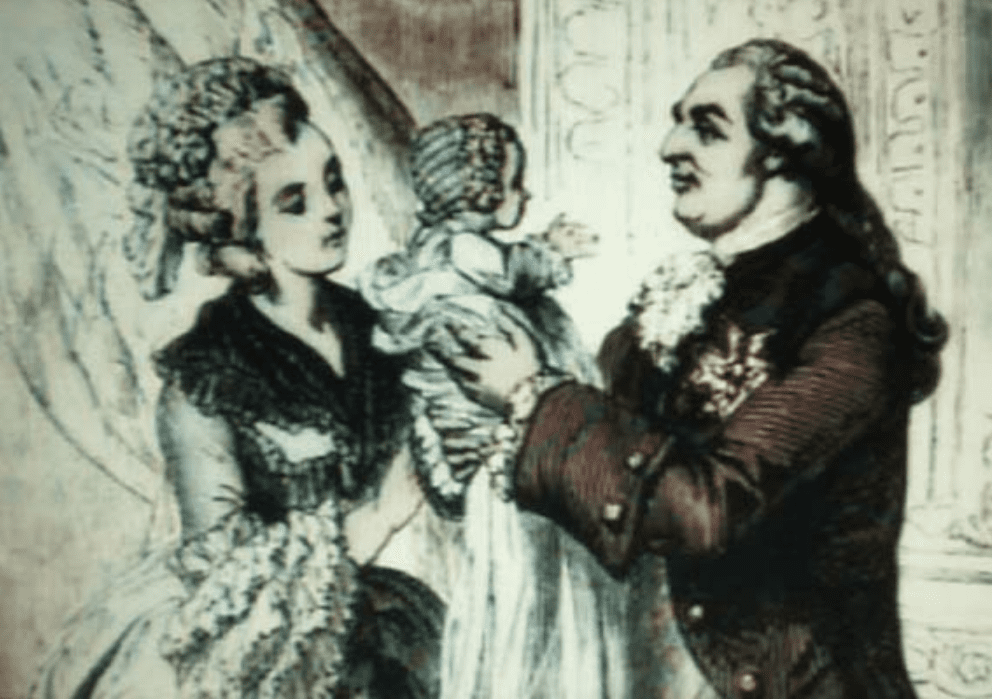 Unknown author, Wikimedia Commons
Unknown author, Wikimedia Commons
2. She Almost Killed Her Mother
Maria Antonia was her parent’s 15th child and final daughter. They would have one more son a year after her birth. Her mother birthed all of her previous siblings without issue—something remarkable for a time when childbirth was deadly. However, Maria Theresa’s luck ran out with Maria Antonia. Serious complications arose during the birth, and they feared for her mother’s life. Fortunately, they saved both mother and daughter, and Maria Antonia was born into the world.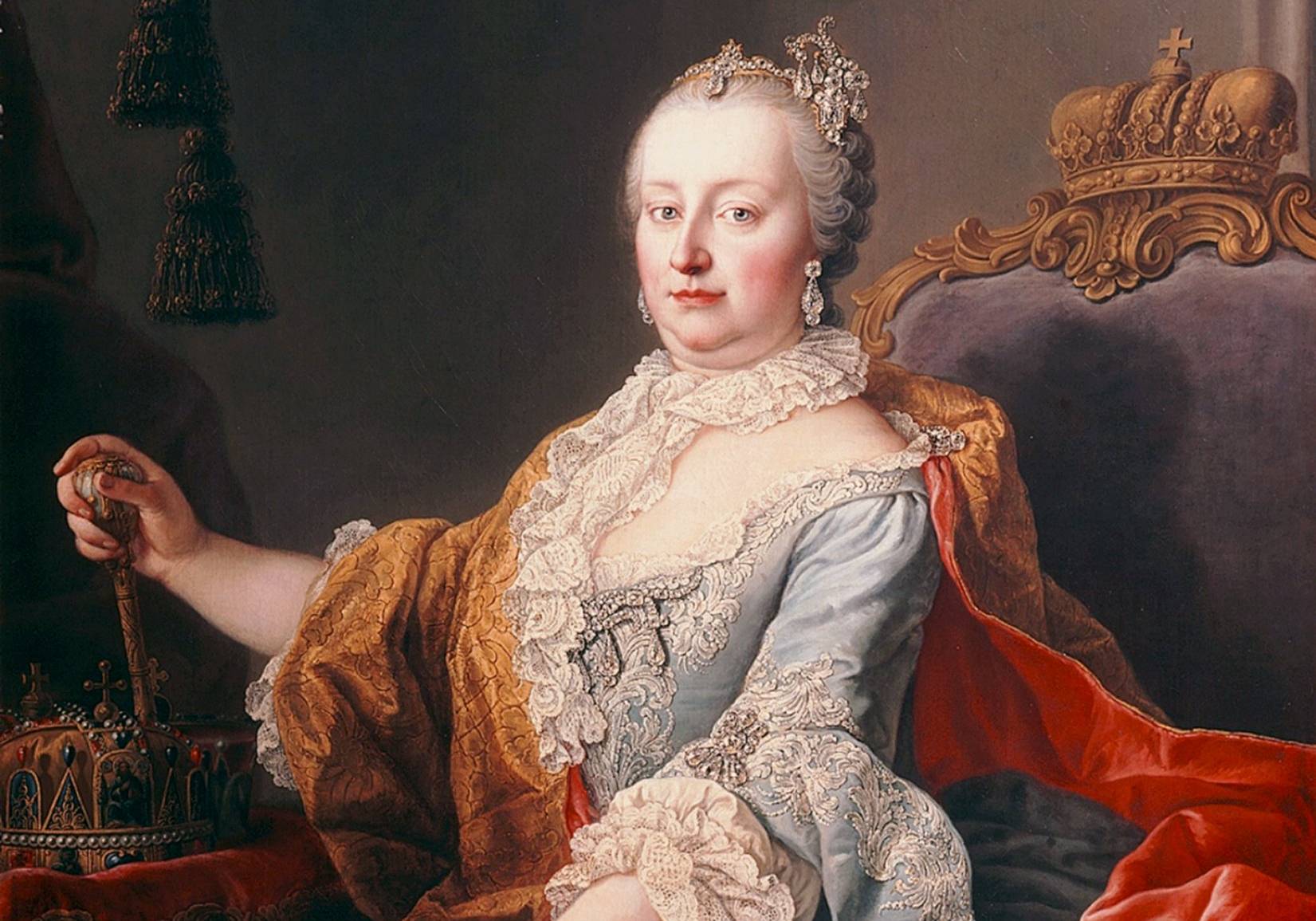 Martin van Meytens, Wikimedia Commons
Martin van Meytens, Wikimedia Commons
3. She Was Slow To Learn
A royal governess raised Maria Antonia alongside her elder sister, whom she formed a lifelong close relationship with. Her birth gave her access to the best tutors; however, she struggled. Despite being 10, she still struggled to write in any language used in court, and conversing with her could be difficult. However, there was one area that Maria Antonia was passionate about.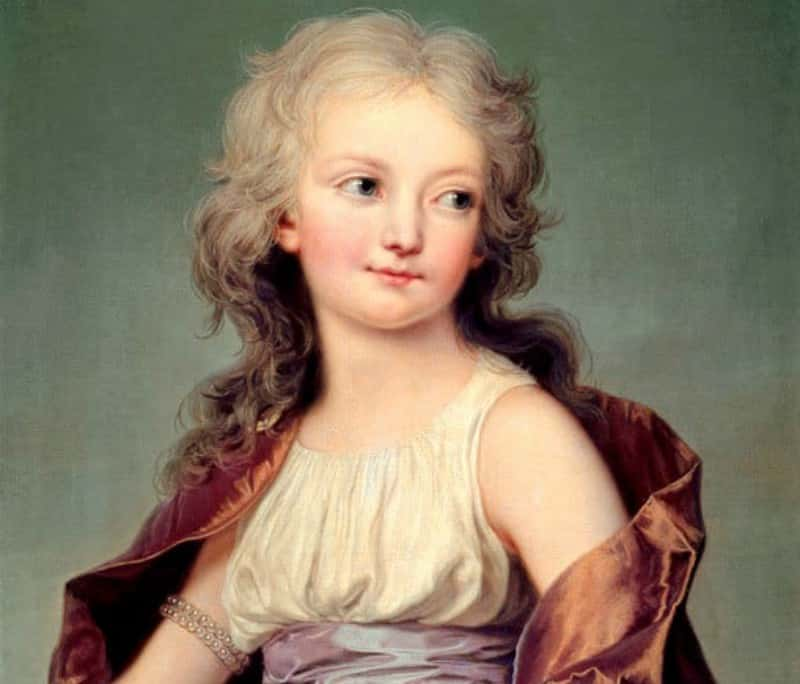 Adolf Ulrik Wertmüller, Wikimedia Commons
Adolf Ulrik Wertmüller, Wikimedia Commons
4. She Found A Passion
Maria Antonia struggled academically. However, under the tutelage of Christoph Willibald Gluck, an early composer, she found another means to express herself. She became an accomplished musician, playing the harp, harpsichord, and flute; she was also known to have a wonderful singing voice and danced beautifully. This passion for music may have developed after an early meeting with a young Wolfgang Amadeus Mozart.
But shortly after she found her love for music, she lost something else she loved even more. 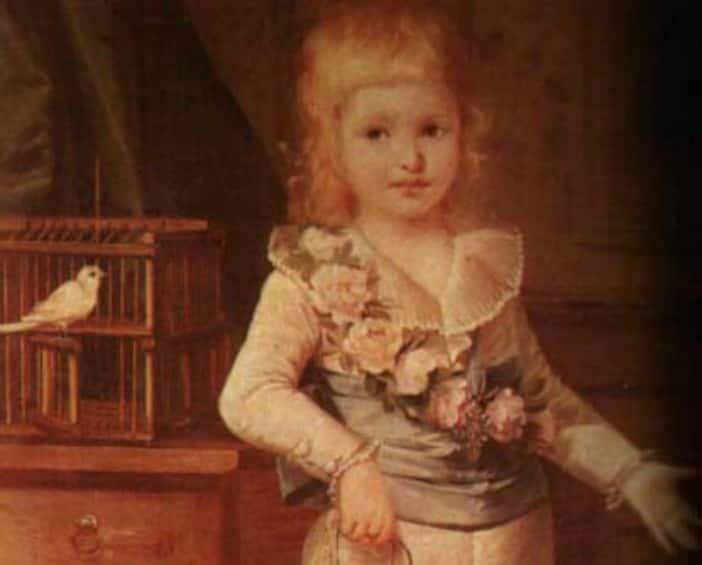 Élisabeth Louise Vigée Le Brun, Wikimedia Commons
Élisabeth Louise Vigée Le Brun, Wikimedia Commons
5. She Experienced Tragedy Young
Life as a royal does not spare you from tragedy; all humans face the same ending, regardless of their status of birth. Something that Maria Antonia learned early in life. She was around 12 when her elder sister, Maria Josepha, succumbed to smallpox at the age of 16. Maria Antonia would later recall her sister holding her in her arms, and telling her that she was not traveling to Naples to marry her betrothed, King Ferdinand IV, but rather to “the family vault”. This left a lasting impact on Maria Antonia. 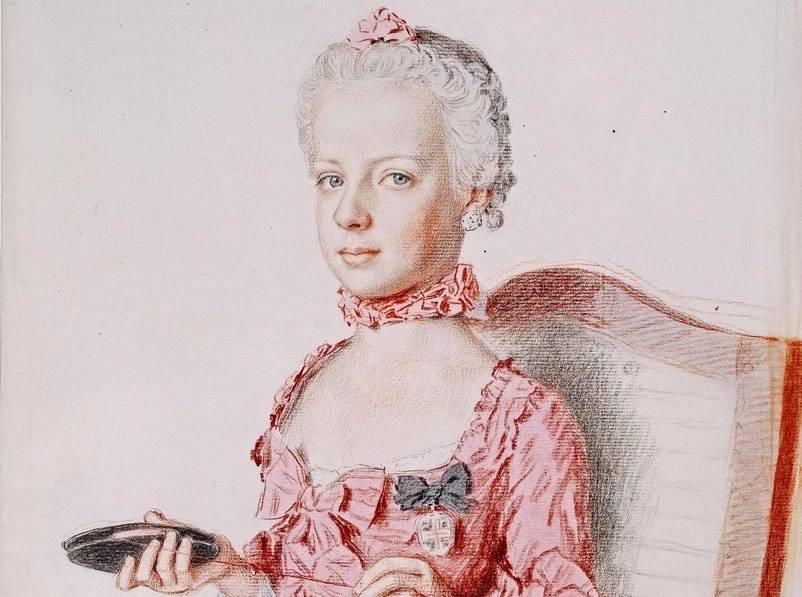 Jean-Étienne Liotard, Wikimedia Commons
Jean-Étienne Liotard, Wikimedia Commons
6. She Was A Pawn
As her sisters had been before her, Maria Antonia was a piece that her parents could use in the game of politics. Austria had a long conflict with France; when the Seven Years’ War ended with the Diplomatic Revolution, Austria became an ally of France. Maria Antonia’s mother, Empress Maria Theresa, wished to secure her newfound alliance with France. She just so happened to have a daughter of similar age as King Louis XV's eldest grandson and heir.
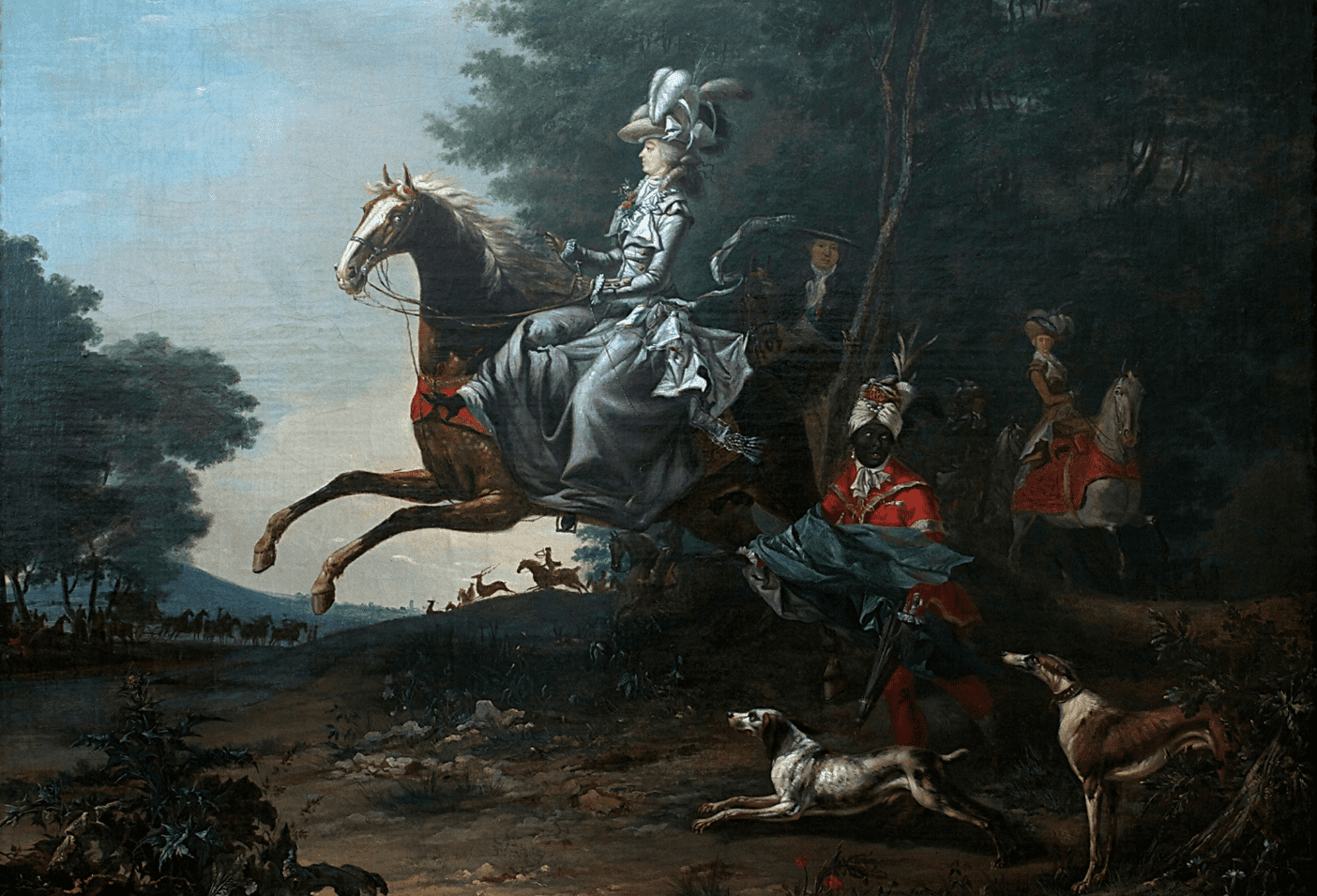 Louis-Auguste Brun, Wikimedia Commons
Louis-Auguste Brun, Wikimedia Commons
7. She Was Tested
As part of these negotiations, Louis XV, the ruling monarch of France at the time, sent Mathieu-Jacques de Vermond to be Maria Antonia’s tutor. De Vermond discovered what most already knew: Maria Antonia was poorly educated and struggled with writing. However, his analysis of the young archduchess was not completely devoid of hope.  Heinrich Füger, Wikimedia Commons
Heinrich Füger, Wikimedia Commons
8. She Had Advantages
De Vermond did not find a studious or willing student in Maria Antonia. He found her “rather lazy and extremely frivolous, she is hard to teach”. However, he did not find her completely devoid of positive qualities. He thought that “her character, her heart, [were] excellent”, and he felt her to be “more intelligent than [had] been generally supposed”. They just needed to mold her into the correct figure.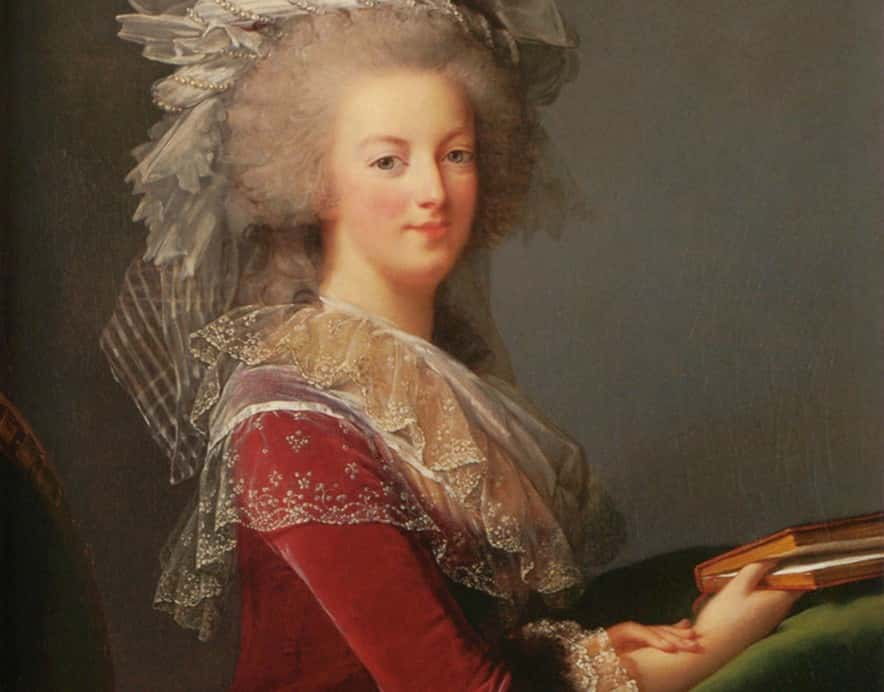 Élisabeth Louise Vigée Le Brun, Wikimedia Commons
Élisabeth Louise Vigée Le Brun, Wikimedia Commons
9. She Was Transformed
In order to better suit the images and expectations of the French court, they ordered a makeover for Maria Antonia. French Duke, Etienne Francois de Choiseul, provided guidance for this makeover. They straightened Maria Antonia’s teeth, they changed her wardrobe, and they modeled her hair after Madame de Pompadour, a respected member of the French court. But the transformation did not end there. Columbia, Marie Antoinette (2006)
Columbia, Marie Antoinette (2006)

History's most fascinating stories and darkest secrets, delivered to your inbox daily.
10. She Was Taught To Be French
Life at court, any court, could be demanding; each court had its own set of secret rules that determined if you were in or out. Maria Antonia’s makeover into “Marie Antoinette” was a start. However, she needed to behave like those in court as well. That is why they brought ballet master, Jean-George Noverre to teach her how to walk as they did in court. It was a lot of work; however, it paid off.
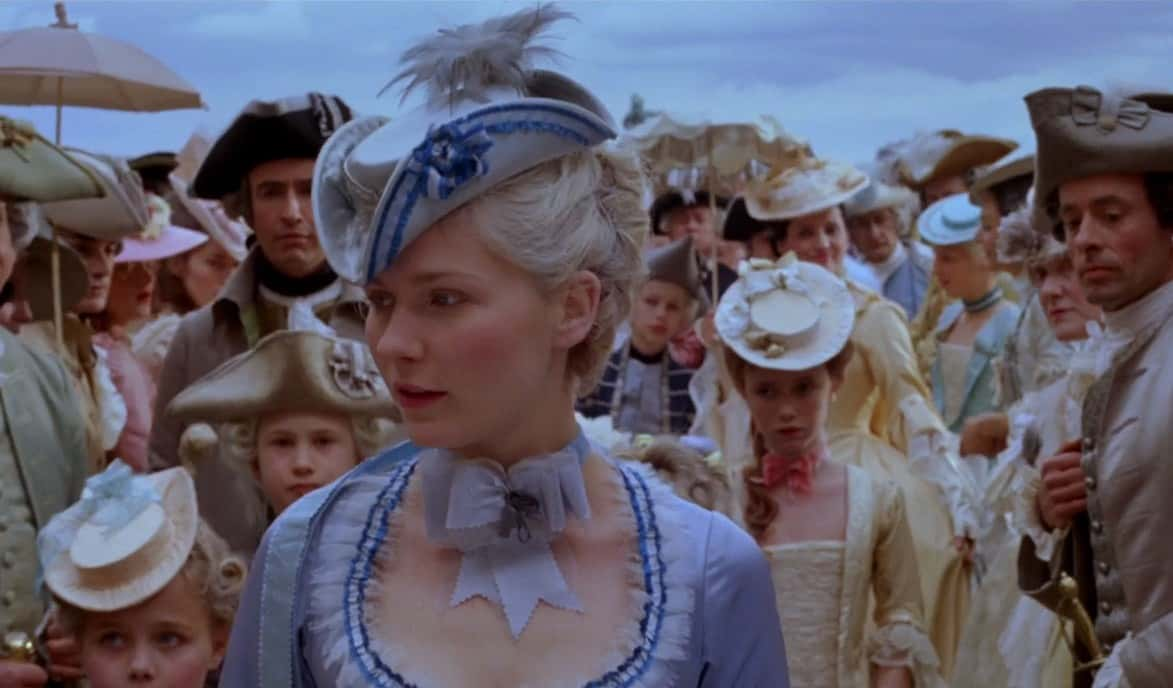 Columbia, Marie Antoinette (2006)
Columbia, Marie Antoinette (2006)
11. She Became A Child Bride
King Louis XV officially sealed the deal between himself and Maria Theresa on February 7, 1770, when he made an official offer of marriage between Maria Antonia and his heir, his eldest surviving grandson, Louis Auguste, Duke of Berry and Dauphin of France. Maria Antonia was 14; her future husband, Louis Auguste was 15. They spared no time officiating the union.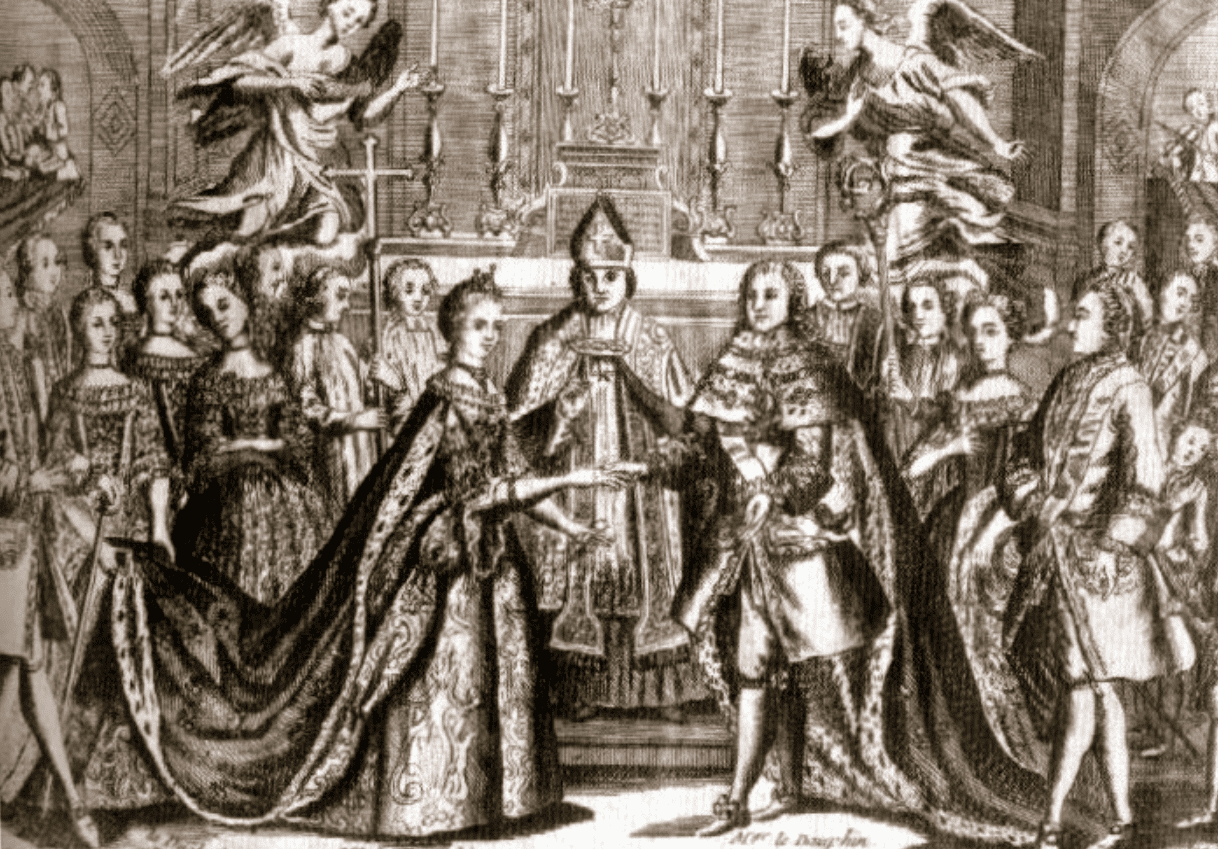 Unknown Author, Wikimedia Commons
Unknown Author, Wikimedia Commons
12. She Married Her Husband Without Him
Maria Antonia married Louis Auguste at the Augustinian Church in Vienna on April 19, 1770—except Louis Auguste was not actually there. Instead, Maria Antonia’s brother, Archduke Ferdinand stood in for her husband during the ceremony. Maria Antonia would not meet her husband, despite already being married, for nearly another month, when she arrived in Paris.
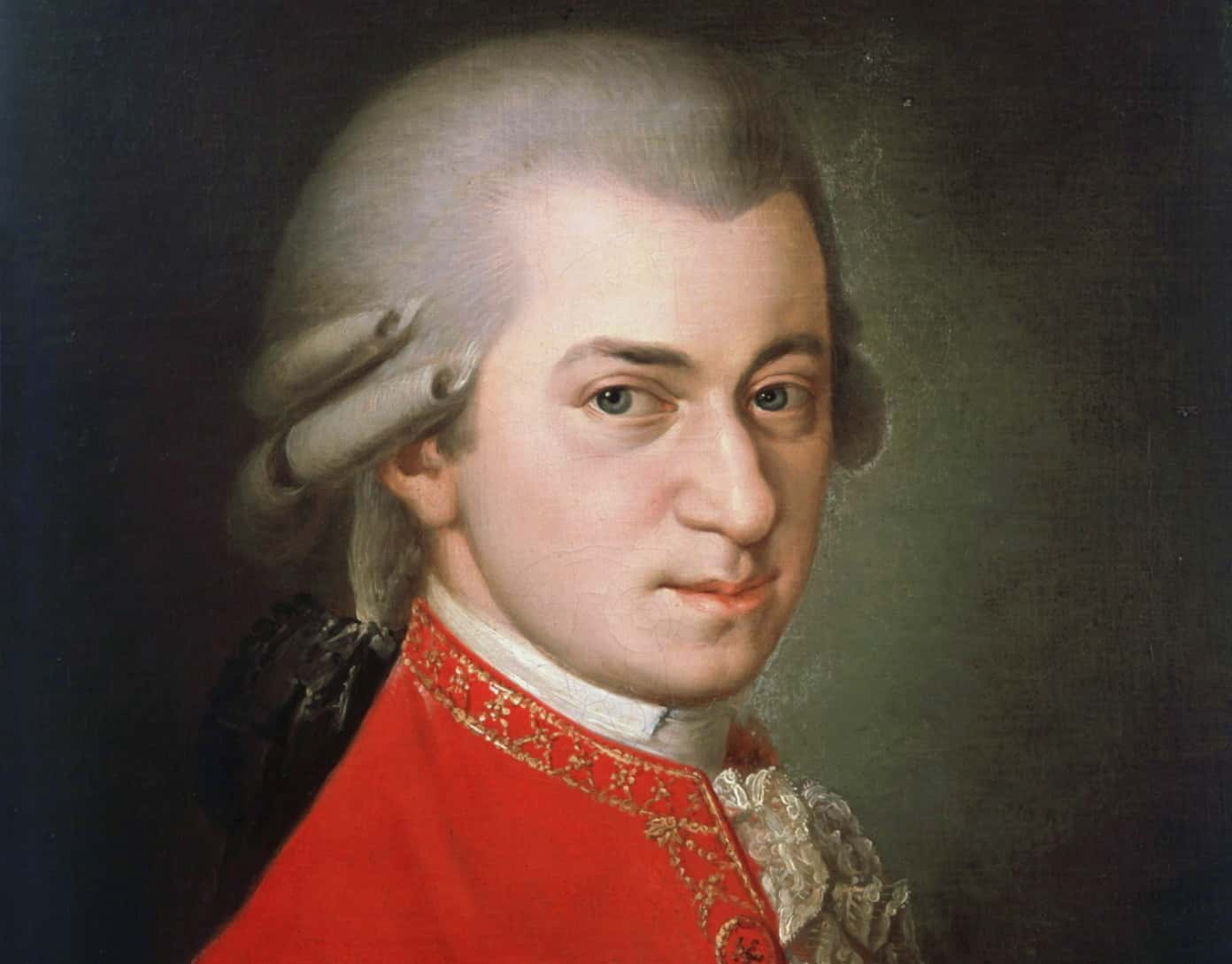 Barbara Krafft, Wikimedia Commons
Barbara Krafft, Wikimedia Commons
13. She Adopted A New Name
Maria Antonia met her husband on May 14, 1770, at the edge of the forest of Compiegne, some miles north of Paris. Once on French soil, Maria Antonia adopted the French version of her name, officially becoming Marie Antoinette. Another ceremonial wedding was held two days later at Versailles—and it ended with a rather bizarre ritual. 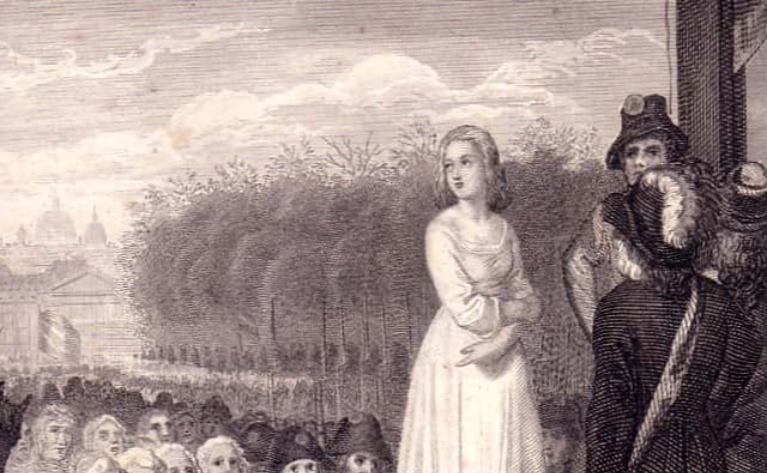 Unknown Author, Wikimedia Commons
Unknown Author, Wikimedia Commons
14. She Was Bedded
It was common of the time, particularly for unions as high profile as this one, for the wedding to end with a “ritual bedding”, in which a large group, typically made up of friends and family, gather around the wedding couples’ bed to witness their first “physical union”. However, in most cases, including this one, the ritual ended with the group leaving before any intimacy was actually enacted. For Marie Antoinette and Louis Auguste, this led to scandal.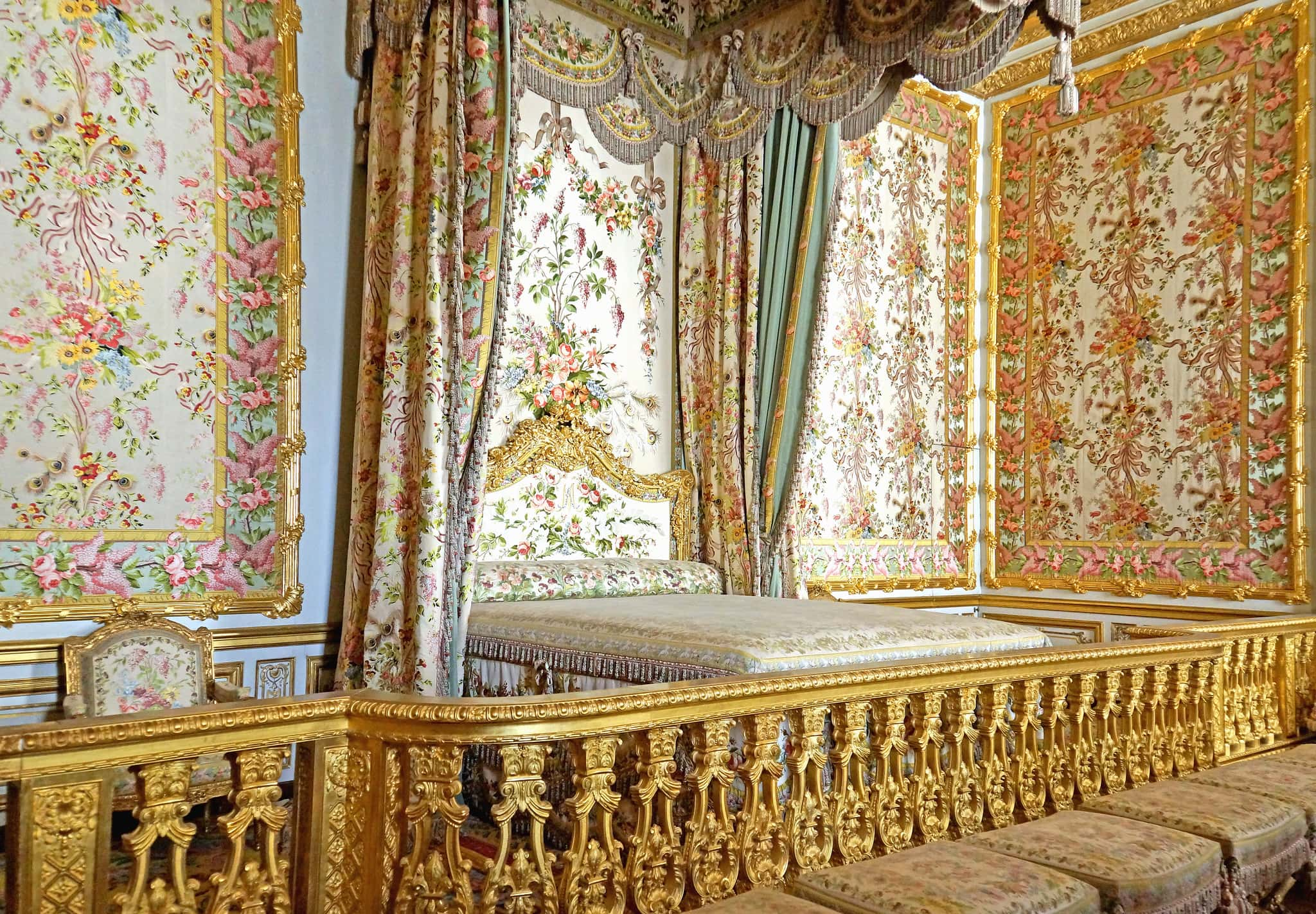 Dennis Jarvis, Flickr
Dennis Jarvis, Flickr
15. She Failed To Perform
Remember, Marie Antoinette was only 14 years old, and her husband was scarcely older than her. They were strangers, and Louis Auguste was notedly shy. This meant that the couple did not consummate their marriage; a problem that would plague them for the seven years, as no consummation meant no royal heirs. Not only that, the couple became a hot topic around court, as the public debated and discussed their lack of intimacy for many years.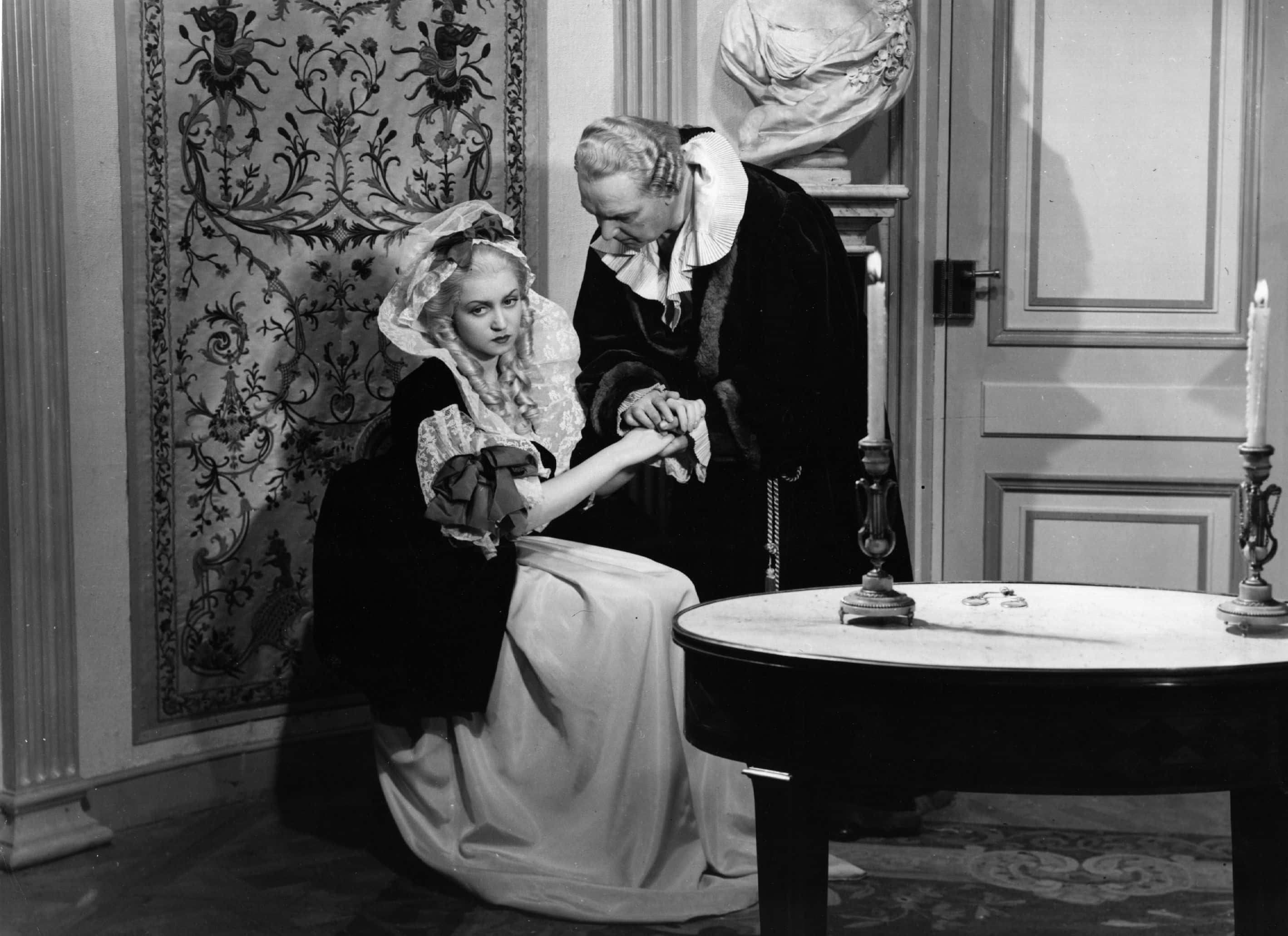 Hulton Archive, Getty Images
Hulton Archive, Getty Images
16. Her Lacking Was Scrutinized
While their inability to consummate the marriage plagued the couple, particularly for Louis Auguste whose manhood was likely in question, Marie Antoinette had larger problems to deal with. She was a foreigner in the French court; more than that she was Austrian, a country that France had been in a feud with right up until this union commenced. She may have been beautiful and personable, but that did not override those who were set to dislike her simply for existing—and it didn't take long for her to make enemies. 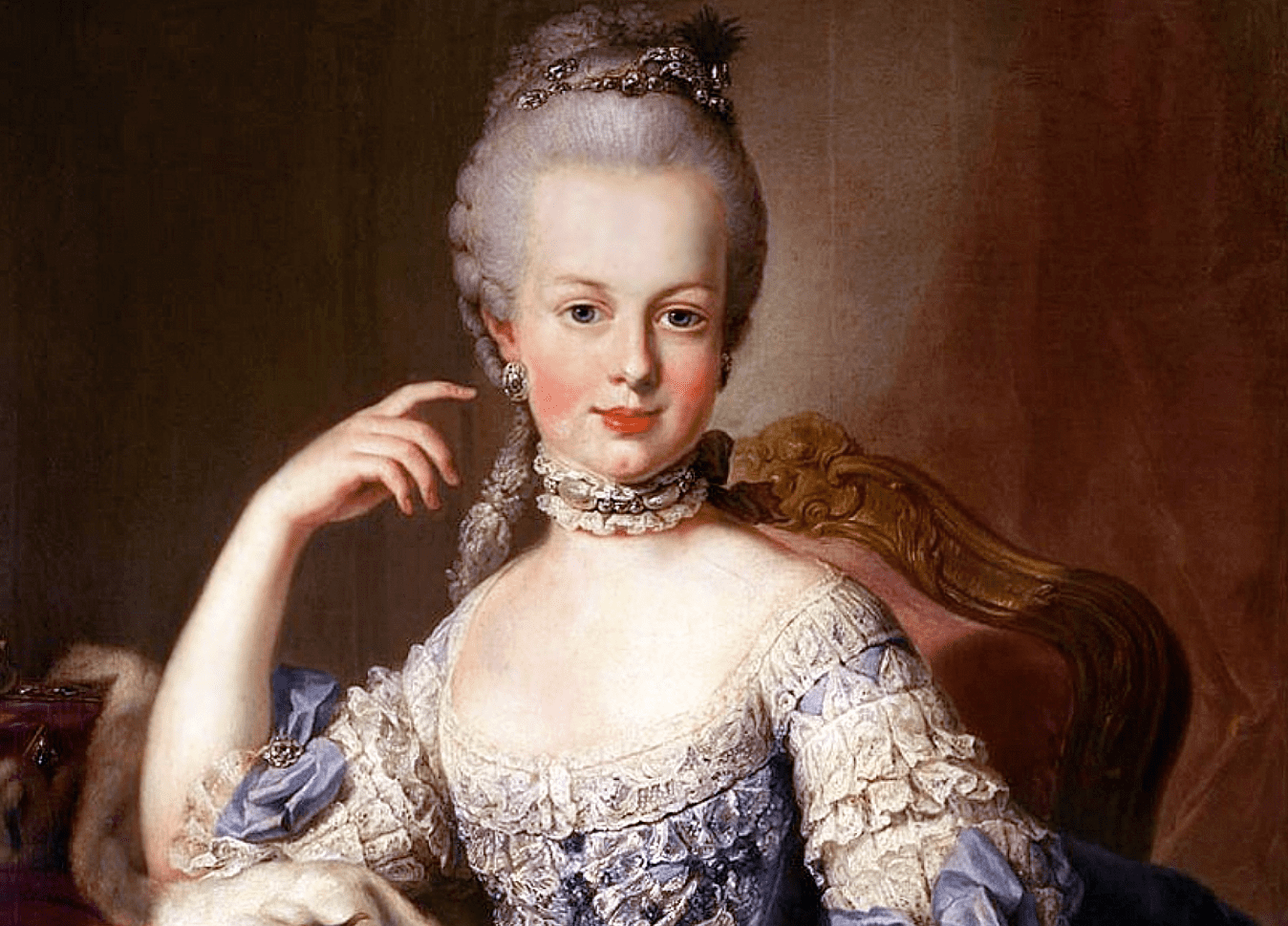 Martin van Meytens, Wikimedia Commons
Martin van Meytens, Wikimedia Commons
17. She Made An Enemy
One of Marie Antoinette’s biggest problems at court when she arrived was Madame du Barry Madame du Barry had arrived at the French court through scandal; however, by 1770, she had been King XV's primary mistress for several years and held significant power at court due to that role. It seemed she intended to use that power to undermine the new dauphine.
 Franz Anton Palko, Wikimedia Commons
Franz Anton Palko, Wikimedia Commons
18. She Took Poor Advice
As a foreigner in their court, Marie Antoinette had few allies that she could count on. Among the few she did have were Etienne Francios and his sister, the Duchess of Gramont. Du Barry played a key role in ousting Etienne Francois from the court and exiling the Duchess of Gramont. This clear attack on Marie Antoinette’s few allies may have originated from some poor advice Marie Antoinette took from her aunts-in-law.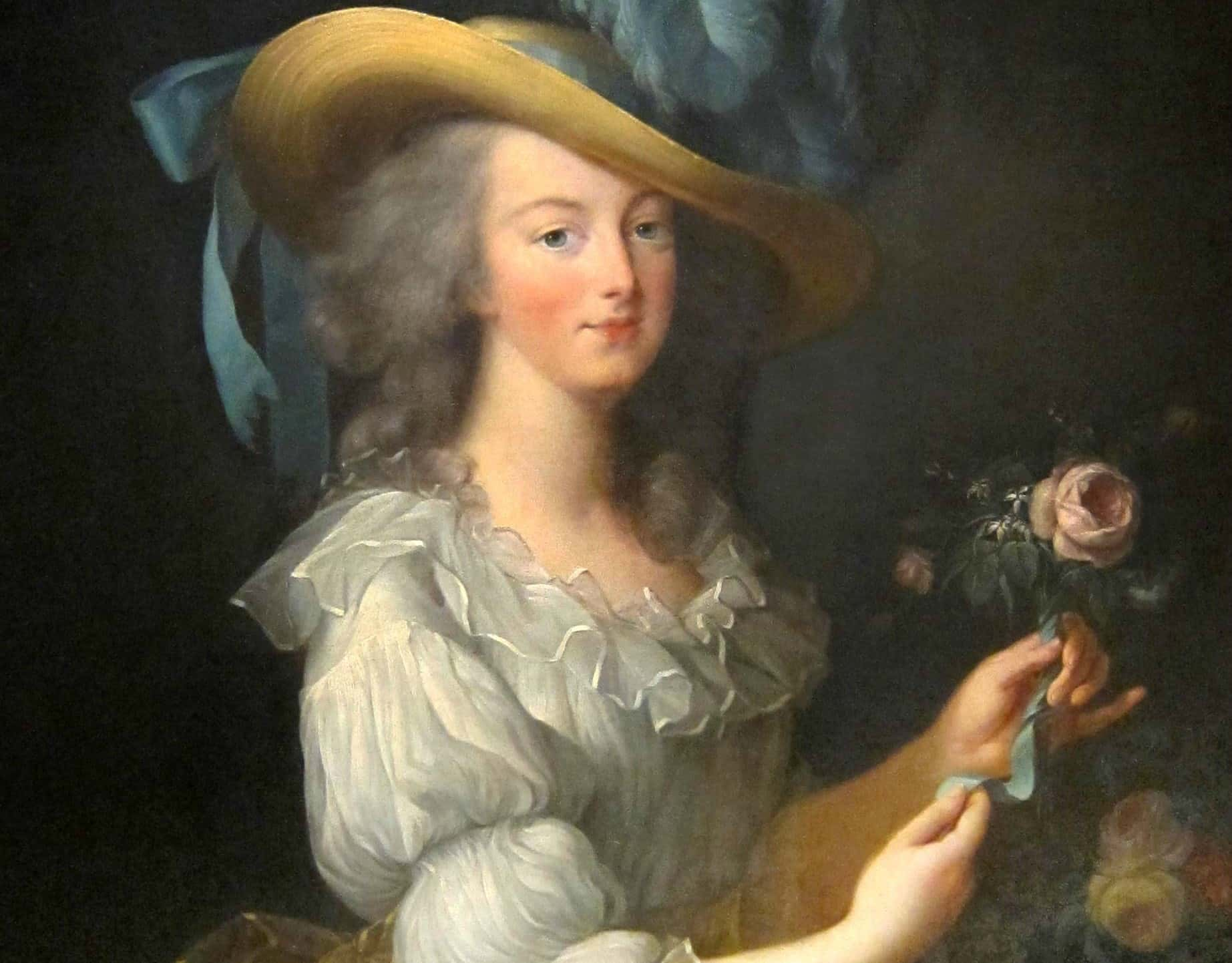 Élisabeth Louise Vigée Le Brun, Wikimedia Commons
Élisabeth Louise Vigée Le Brun, Wikimedia Commons
19. She Snubbed Someone Important
Under the guidance of Louis Auguste’s aunts, Marie Antoinette chose not to acknowledge Madame du Barry; many saw this as a mistake which jeopardized Marie Antoinette (and therefore Austria’s) standing in court. Under the pressure from the Austrian ambassador, Comte de Mercy-Argenteau (and by extension, her mother), Marie Antoinette reluctantly decided to change her tune.
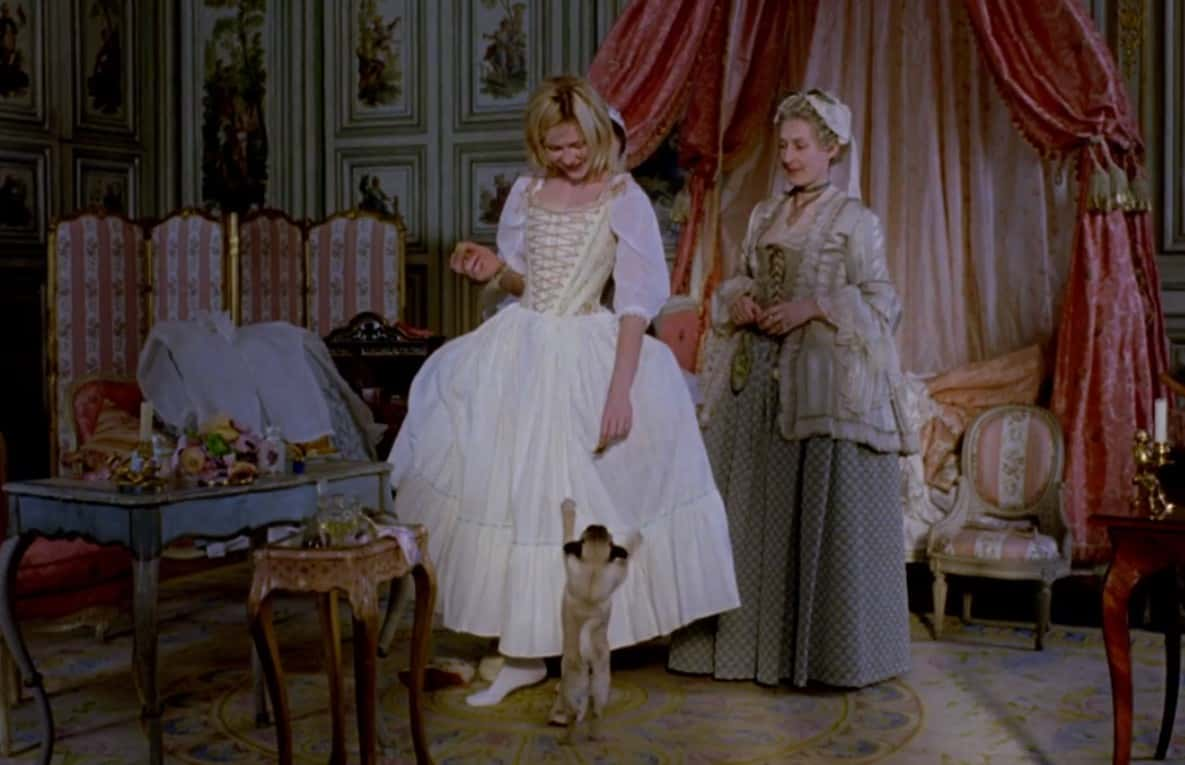 Columbia, Marie Antoinette (2006)
Columbia, Marie Antoinette (2006)
20. She Made An Effort
De Mercy-Argenteau (and her mother) wanted Marie Antoinette to acknowledge du Barry. Marie Antoinette grudgingly did so, uttering “There are a lot of people at Versailles today” on New Years Day 1772. Thankfully, it was enough to ease the tension growing between the two women. However, Marie Antoinette would have the last laugh.
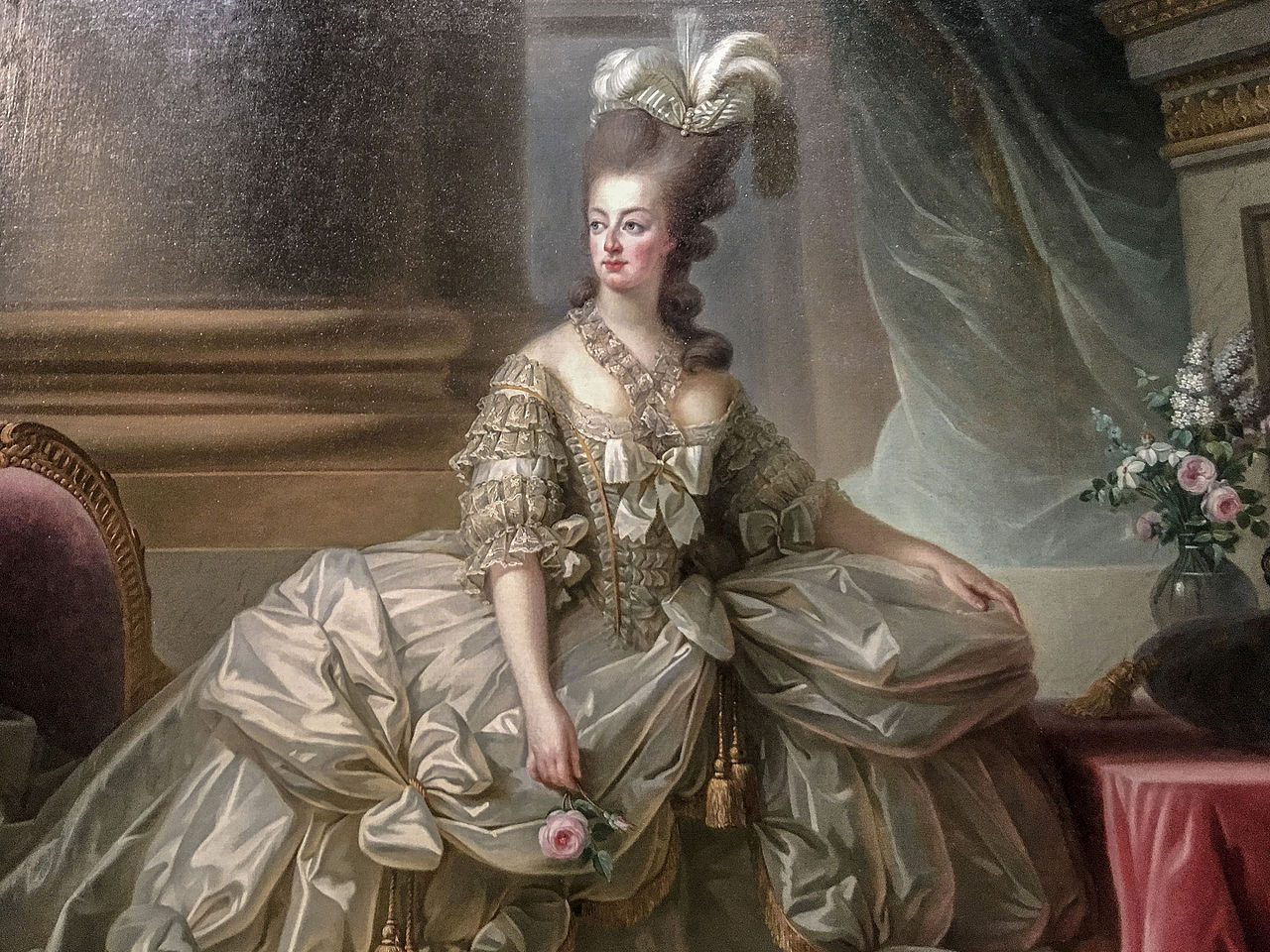 Yann Caradec, CC BY-SA 2.0, Wikimedia Commons
Yann Caradec, CC BY-SA 2.0, Wikimedia Commons
21. She Became Queen
King Louis XV passed on May 10, 1774. Marie Antoinette’s husband rose to power, becoming King Louis XVI of France, and Marie Antoinette rose to the title of queen consort. Within two days of this, Louis XVI exiled du Barry to the Abbaye du Pont-aux-Dames in Meaux. Although her exile eventually ended, she was never allowed to return to Versailles.
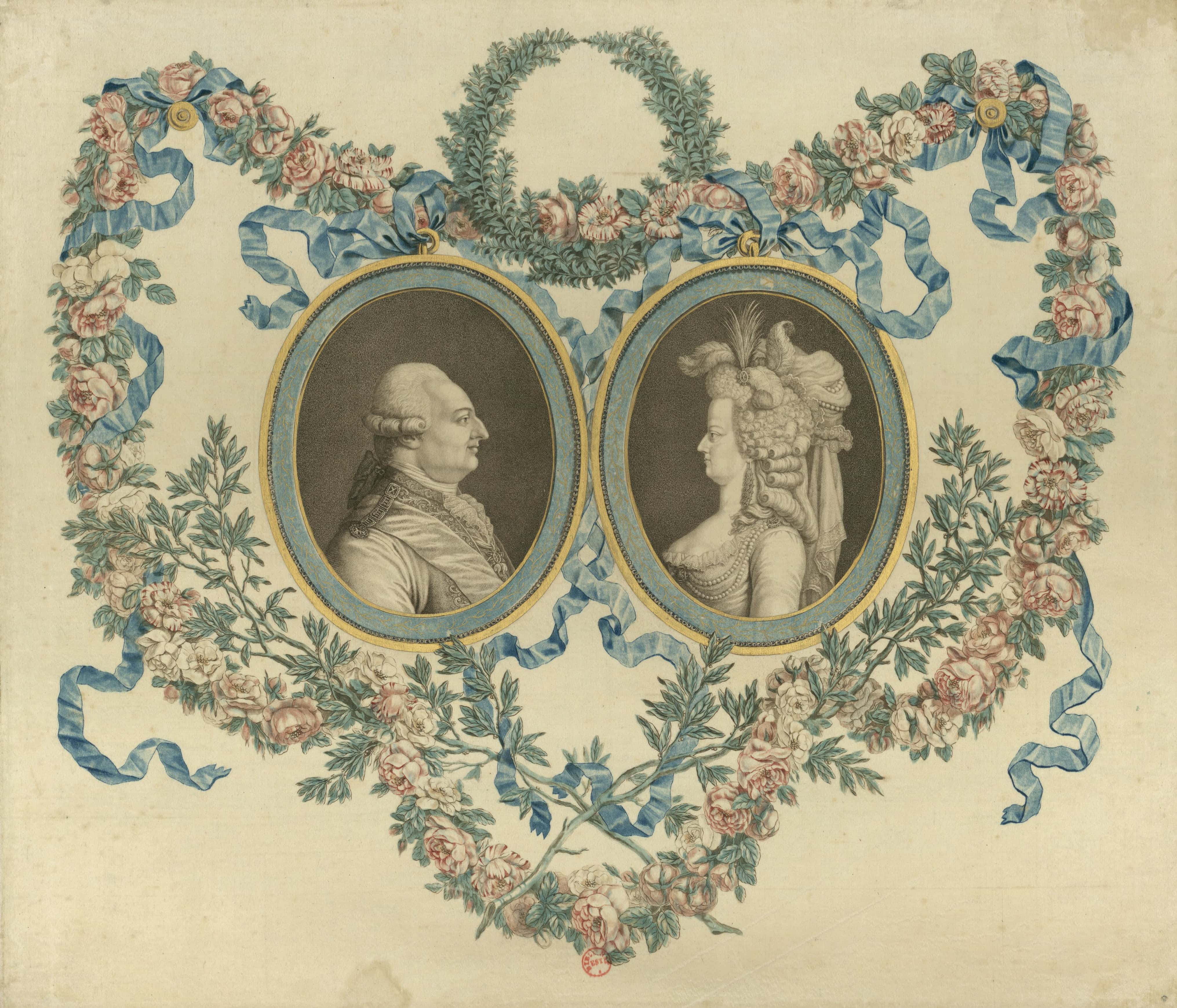 Unknown Author, Wikimedia Commons
Unknown Author, Wikimedia Commons
22. She Had Little Influence
Although Louis XVI likely exiled du Barry to please both his wife and his aunts, Marie Antoinette actually had little influence over her husband during the early days of his reign. Louis and two of his ministers blocked several of Marie Antoinette’s candidates for positions of import. However, she did make one bold move early on.
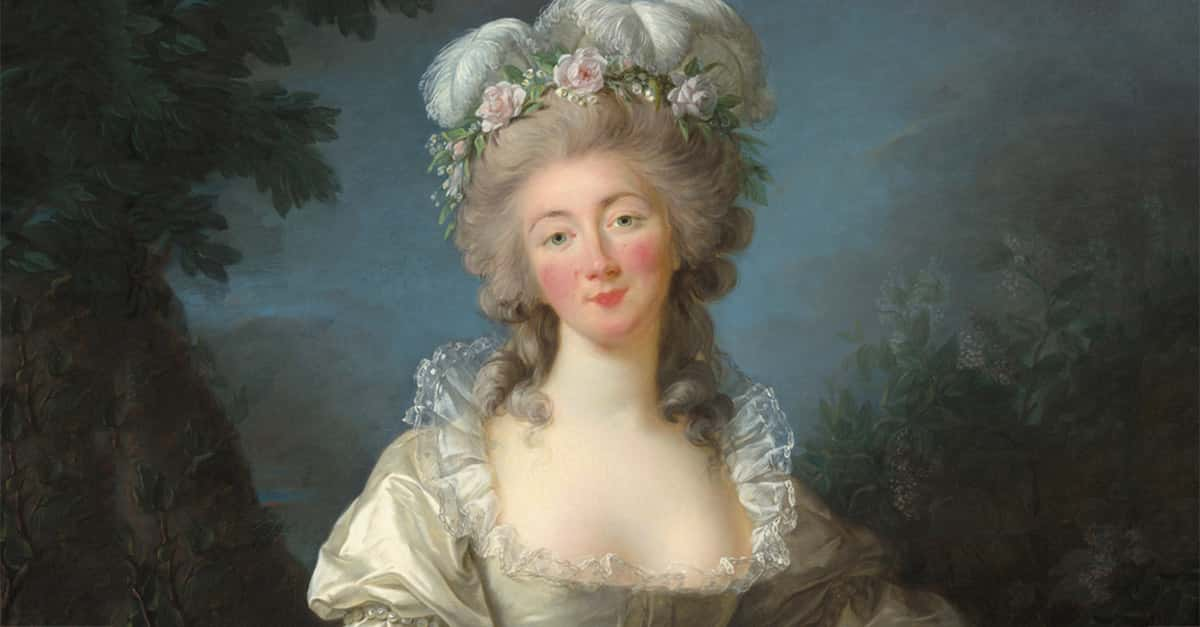 Élisabeth Louise Vigée Le Brun, Wikimedia Commons
Élisabeth Louise Vigée Le Brun, Wikimedia Commons
23. She Settled Her Feuds
Emannuel Armand de Vignerot du Plessis was the Duke of Aiguillon. He was also the Secretary of State for Foreign Affairs during the end of Louis XV’s reign. This was a position he, perhaps, could have kept, if he’d played his cards better. Unfortunately, Aiguillon began fighting with several people, including Marie Antoinette. Her demand that he be immediately dismissed from the ministry was met, leaving Aiguillon all but forgotten. 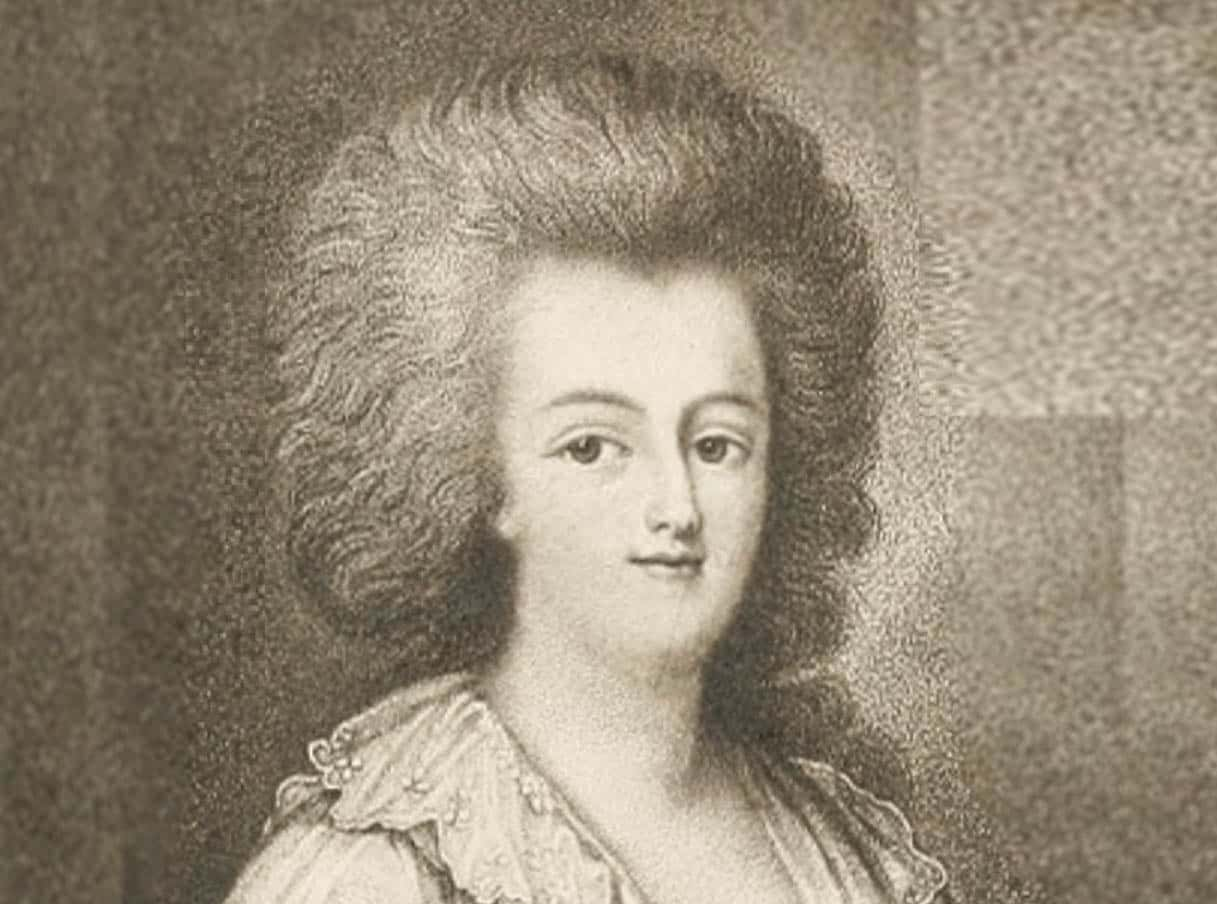 Internet Archive Book Images, Flickr
Internet Archive Book Images, Flickr
24. She Was Frivolous
Growing up, many saw Marie Antoinette as frivolous, enjoying lavish things over anything “serious”. Once she became queen, these tendencies quickly manifested themselves in her extreme spending habits. Upon being gifted a small chateau on Versailles grounds by her husband, rumors circulated that she decorated the walls in gold and diamonds—and that was merely the beginning. 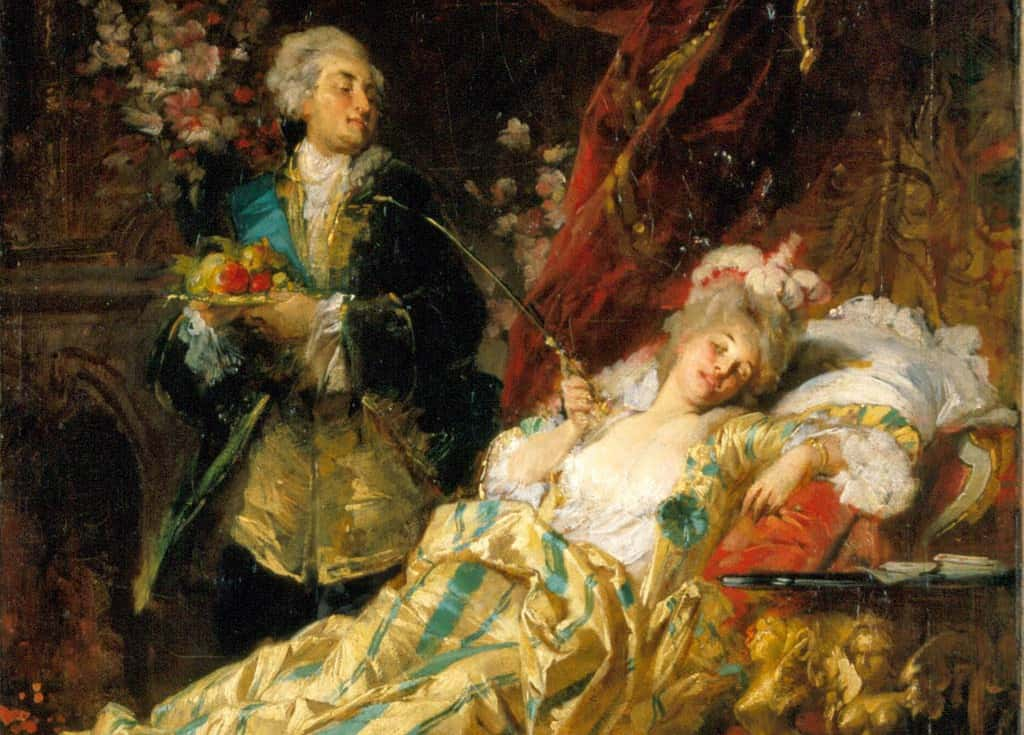 Gyula Benczúr, Wikimedia Commons
Gyula Benczúr, Wikimedia Commons
25. She Spent Money
A respected fashion designer created all of her dresses; Marie Antoinette was always dressed in the biggest and best, even adopting British fashion in the material that she chose to make dresses out of. This included using indiene, a material that they’d banned in France only 10 to 20 years ago to protect local industry. Marie Antoinette was spending without a care—and her people suffered for it.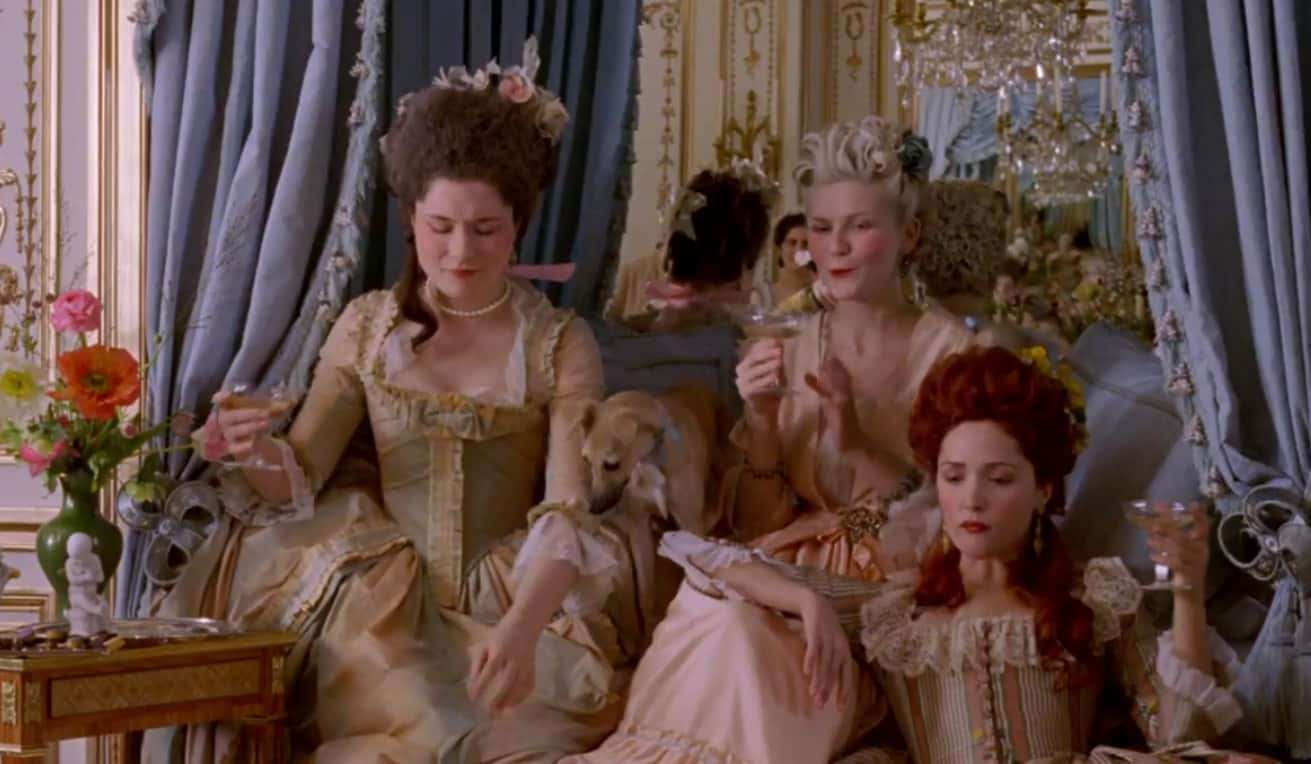 Columbia, Marie Antoinette (2006)
Columbia, Marie Antoinette (2006)
26. She Was Selfish
France was in a dire financial crisis during Marie Antoinette’s reign. The common people of France were suffering while Marie Antoinette was dropping cash like nobody's business, residing over the most fashionable court in history, and enshrining herself as their fashion queen. Any attempt she may have had to salvage her public image ended in 1775.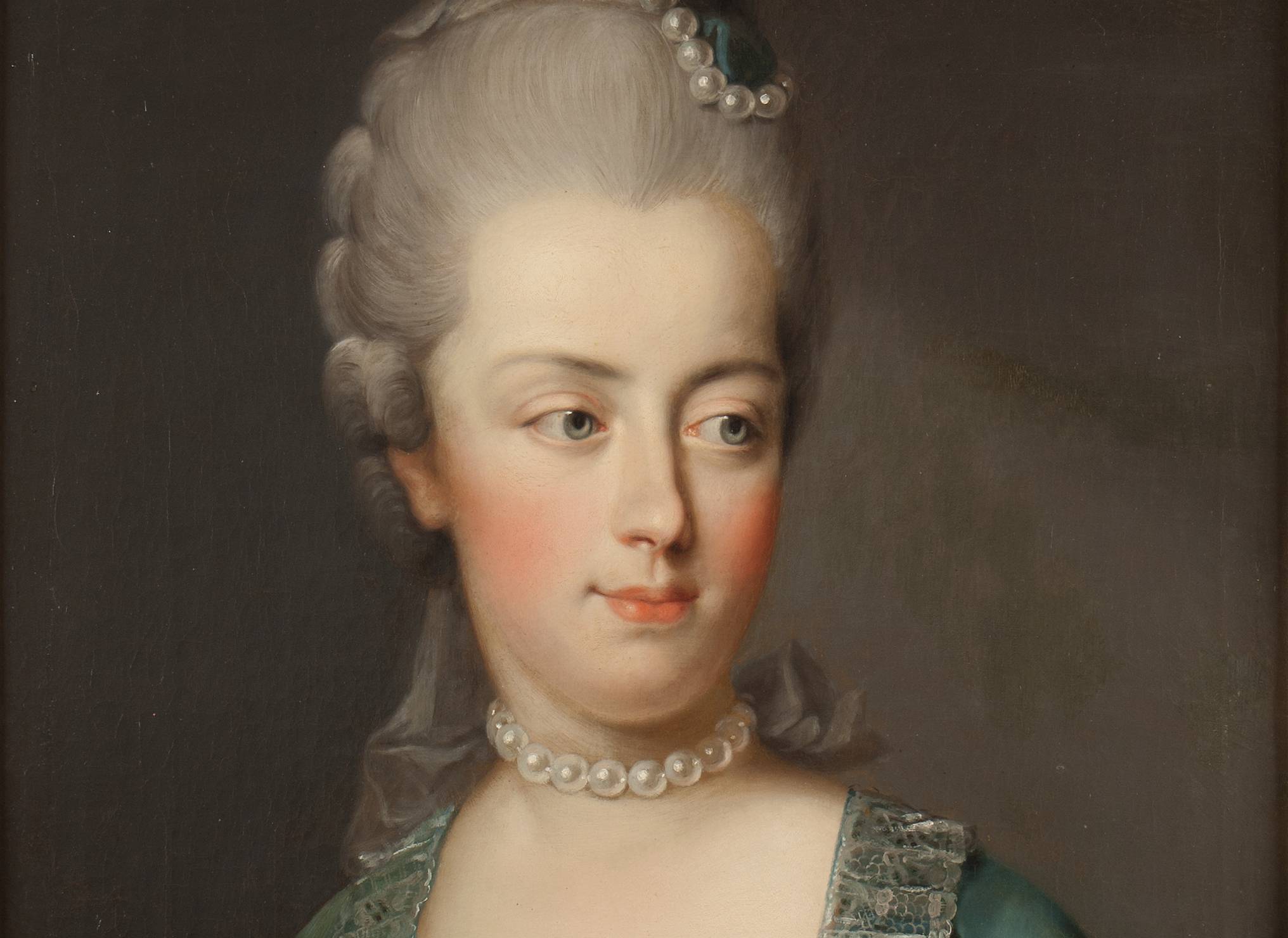 Joseph Hickel, Wikimedia Commons
Joseph Hickel, Wikimedia Commons
27. She Damaged Her Image
Poor weather and harvest, as well as the authorities withholding access to the royal grain stores in the years prior led to the rise in grain price, and therefore the price of bread in France. The people were hungry, and by 1775, they had had enough. Riots raged across all portions of France from April to May of that year. Although it was eventually resolved—these disturbances damaged Marie Antoinette’s image even further.
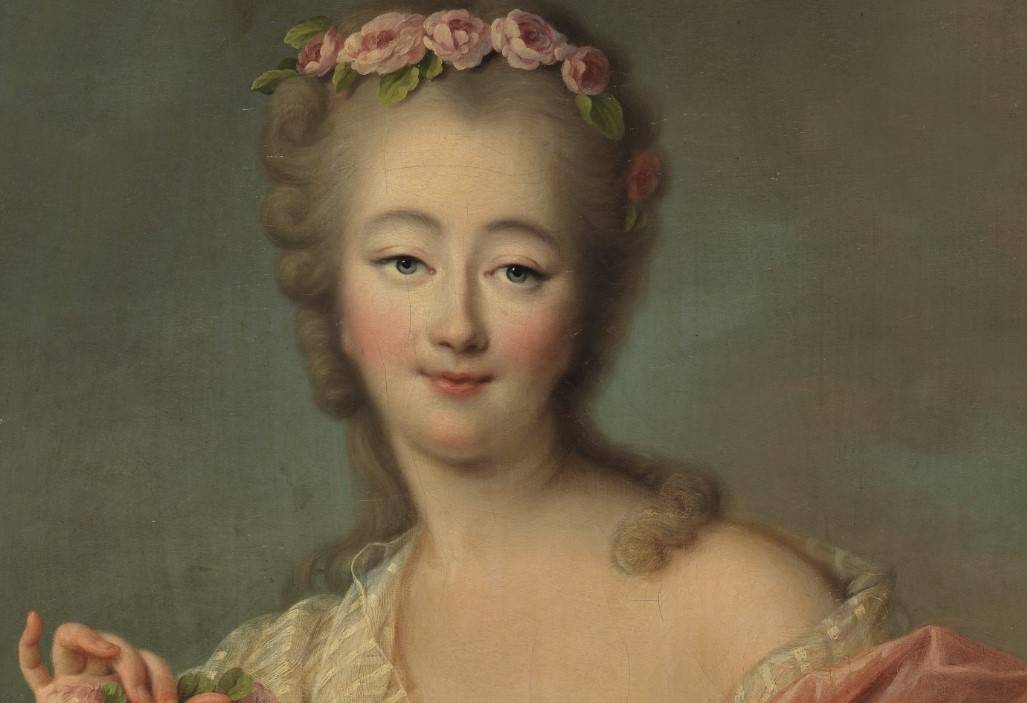 François-Hubert Drouais, Wikimedia Commons
François-Hubert Drouais, Wikimedia Commons
28. She Spoke Carelessly
In popular culture, there is a phrase that is commonly associated with Marie Antoinette, “Let them eat cake”. Reportedly, an “important princess” uttered the phrase in response to hearing that the people could not afford bread, showing the disconnection between the monarchy and the common people. If she had said this, the rumors possibly originated around this time, when bread was so valuable. However, that is unlikely.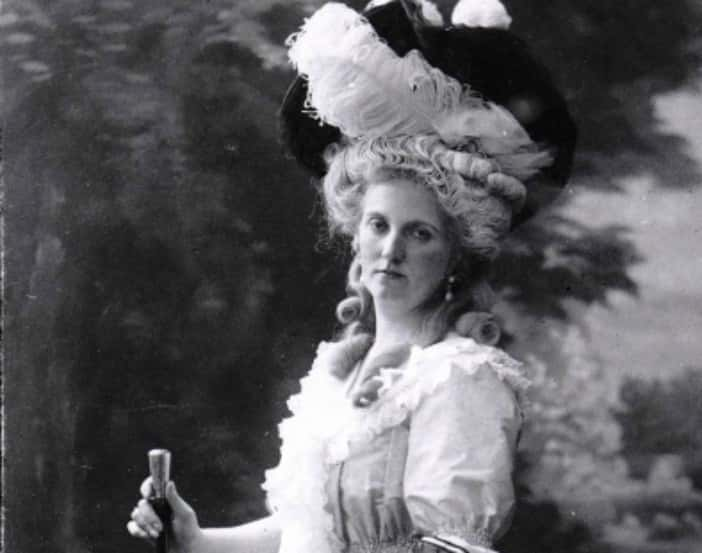 Austrian National Library, Wikimedia Commons
Austrian National Library, Wikimedia Commons
29. She Created Problems
The actual quote derives from a text written in the 1760s when Marie Antoinette was 9-year-old Maria Antonia in Austria. However, the fact that it eventually became attributed to her shows how public opinion had shifted. She began to take the blame for the state of the country; the people felt they could not pay off their debts because Marie Antoinette was wasting their money on luxuries while they suffered.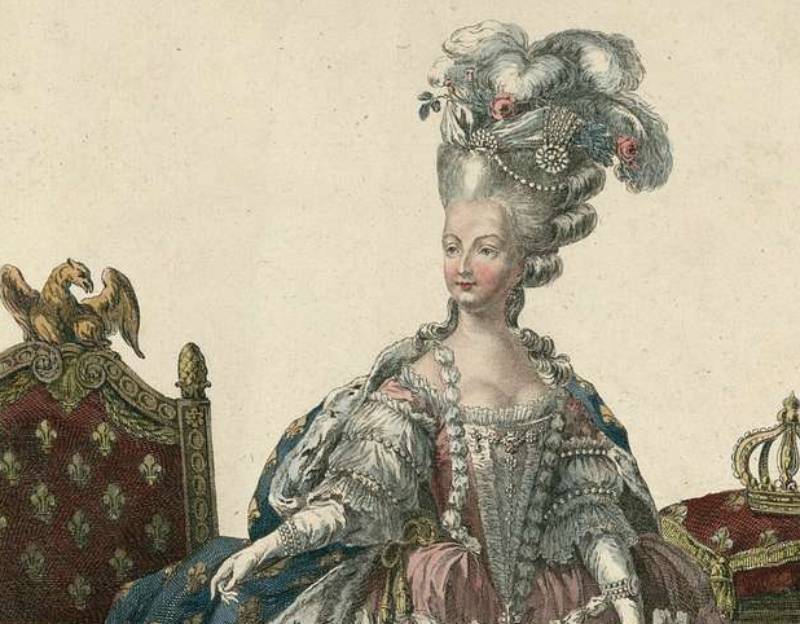 Bibliothèque nationale de France, Picryl
Bibliothèque nationale de France, Picryl
30. She Needed Brotherly Advice
During all of this time, Marie Antoinette and Louis remained childless, their marriage “unconsummated”. Many suggested theories as to why this was the case; however, a visit from the queen’s brother, Joseph II, the Holy Roman Emperor, seems to suggest that the two young royals simply didn’t know what they were doing. He called them “complete fumblers” when it came to the act, and wrote about how he advised Louis to “apply himself” more. Apparently, his advice worked and their first child was born in 1778; the public never ceased to question the paternity of both this daughter and any of their future children.
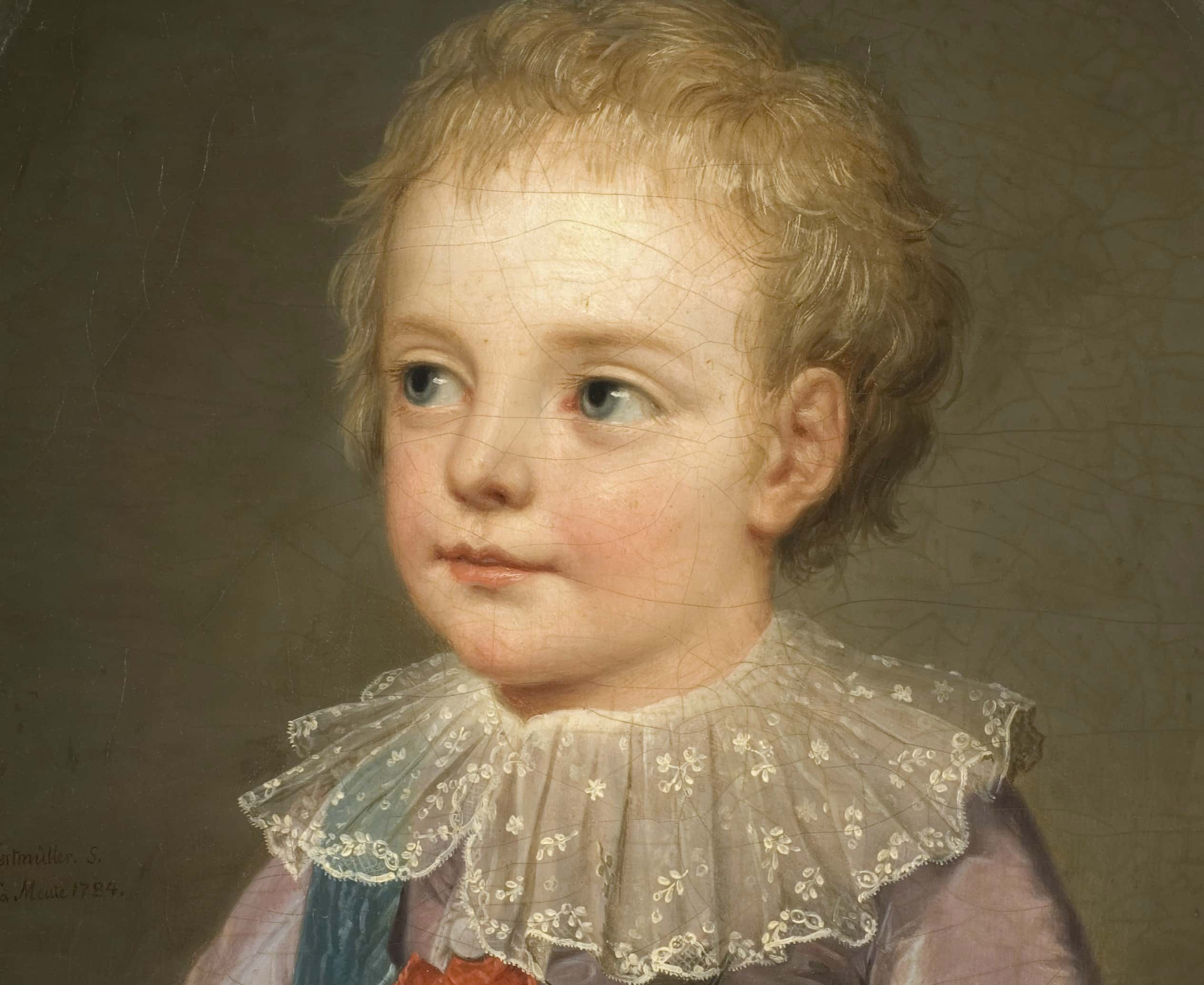 Adolf Ulrik Wertmüller, Wikimedia Commons
Adolf Ulrik Wertmüller, Wikimedia Commons
31. She Took An Interest
Maire Antoinette rarely involved herself in political matters—evidence suggests they held little interest to her. However, the few times she did further damaged her image. She successfully pleaded involvement in an affair with her home in Austria, giving the public the view that she’d sided with Austria over France. A few years later, she supported involvement with the American Revolution, which the people viewed as another reason France could not pay their debts. Whatever she did seemed to make matters worse—and the people kept talking.
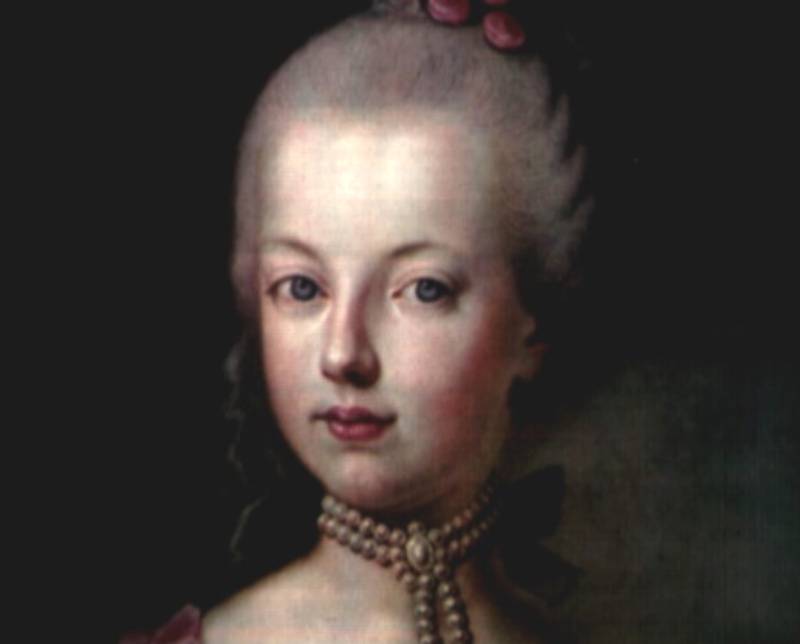 Joseph Kreutzinger, Wikimedia Commons
Joseph Kreutzinger, Wikimedia Commons
32. Her Public Image Deteriorated
As the 1770s turned into the 1780s, Marie Antoinette’s approval, both inside of court and outside of it, continued to sink. She elevated people the nobles did not approve of, and she behaved in an extravagant manner that enraged the lower classes. Around 1780, pamphlets suggesting the queen to have deviant desires, including liking women, began to swirl. Most tied these allegations to her Austrian heritage as, reportedly, desiring other women was a “German vice”. But the rumor didn't stop there. In fact—it got so much worse.
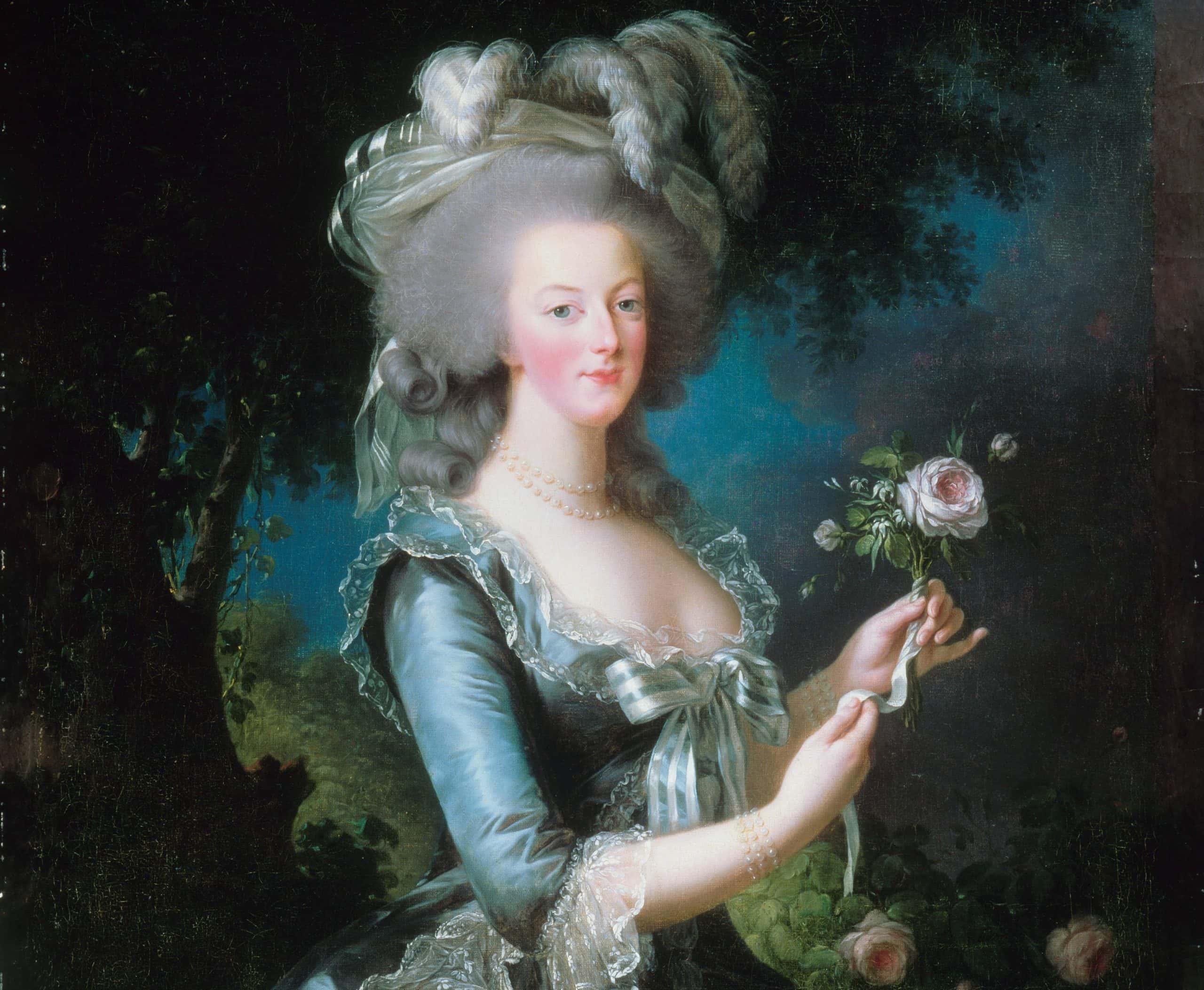 Élisabeth Louise Vigée Le Brun, Wikimedia Commons
Élisabeth Louise Vigée Le Brun, Wikimedia Commons
33. She Faced A Serious Scandal
In a twist of unfortunate irony, Marie Antoinette was innocent of the accusation that became the most damaging to her reputation. Things, yet again, came to a head in 1785, when Marie Antoinette became embroiled in horrendous allegations that would ruin her image, potentially beyond repair. The entire incident actually started years before, and indirectly involved an old foe of Marie Antoinette: Madame du Barry.
34. She Refused A Gift
In 1772, two years before his passing, King Louis XV requested two Paris jewelers create an elaborate necklace as a gift for his mistress, Madame du Barry. Unfortunately, it took the jewelers several years to complete this necklace and by the time they finished it, Louis XV had passed. With the work completed, the jewelers offered the necklace to Marie Antoinette several times, but she always refused; she did not want it.
Someone else had their eye on the price, though—and a devious plan to go with it.
35. She Was The Victim Of A Con Artist
While Marie Antoinette refused the jewels, a con woman by the name of Jeanne de Valois-Saint-Remy was coming up with a plan of her own. Manipulating the Cardinal de Rohan, who was trying to get back into the queen's good graces, Jeanne managed to buy the necklace with Rohan’s money, leading everyone to believe Marie Antoinette had ordered it. Once Jeanne had the necklace, she promptly broke it apart and sold all of the jewels.
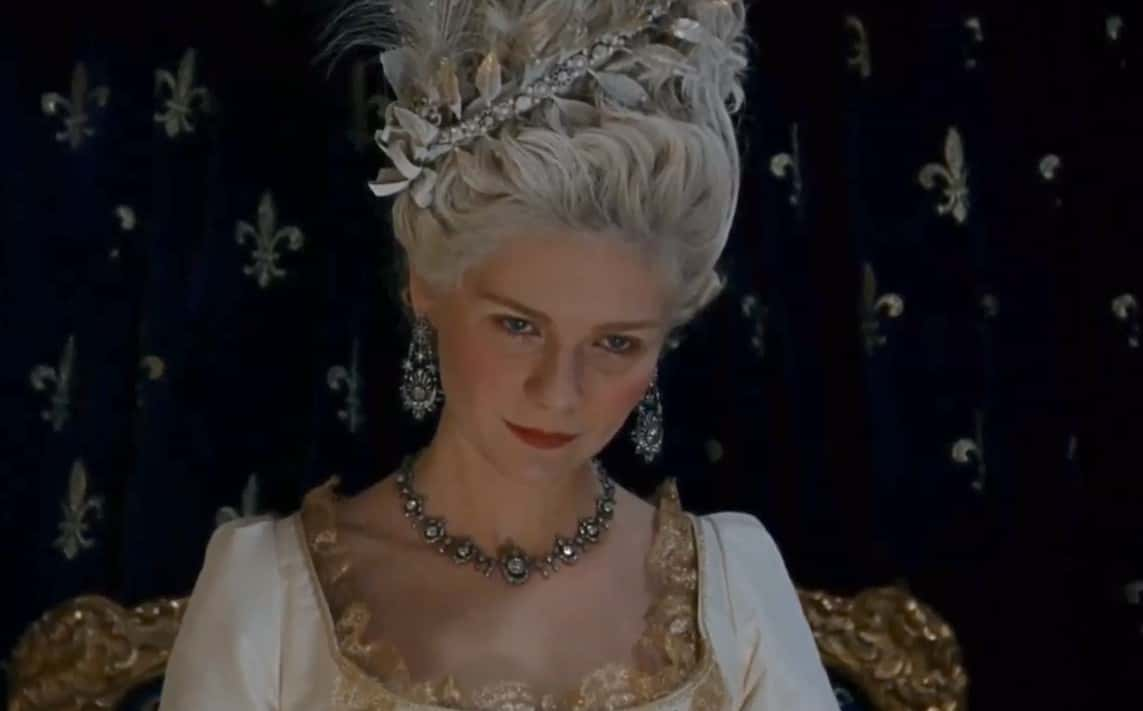 Columbia, Marie Antoinette (2006)
Columbia, Marie Antoinette (2006)
36. She Lost The People
When Marie Antoinette discovered the plot, the authorities detained Rohan, Jeanne, and several of Jeanne’s lower-class accomplices. They all stood trial. Jeanne and her lower-class companions were found guilty and punished. The courts acquitted Rohan on the grounds he was an innocent deceived party. But the fact that the nobility “won” and they punished the lower classes, combined with Marie Antoinette’s known dislike of Rohan spelled doom for Marie Antoinette.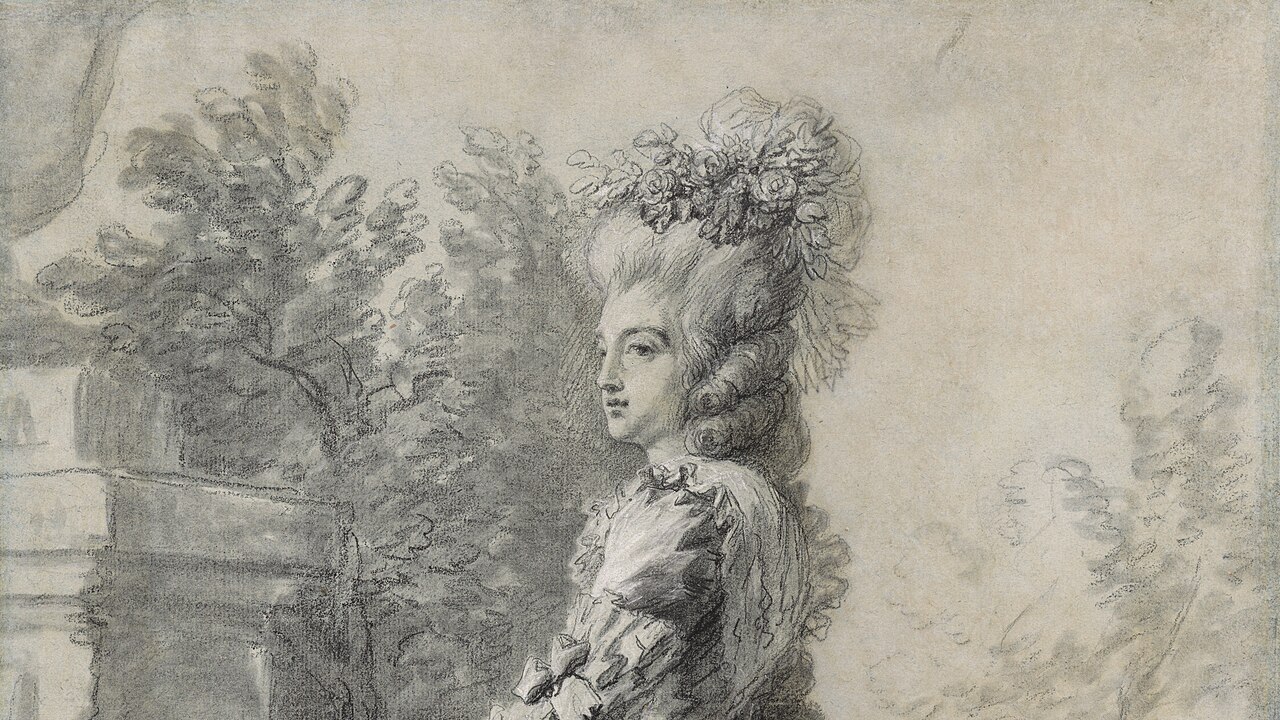 Élisabeth Louise Vigée Le Brun, Wikimedia Commons
Élisabeth Louise Vigée Le Brun, Wikimedia Commons
37. Her Reputation Sunk
Although the courts ruled that Marie Antoinette knew nothing about this, and that Jeanne used her name, the public had a different opinion. Many people believed that Marie Antoinette had fabricated the entire thing to punish Rohan and gain more “trinkets”. Now Marie Antoinette wasn’t just disliked; she was hated. 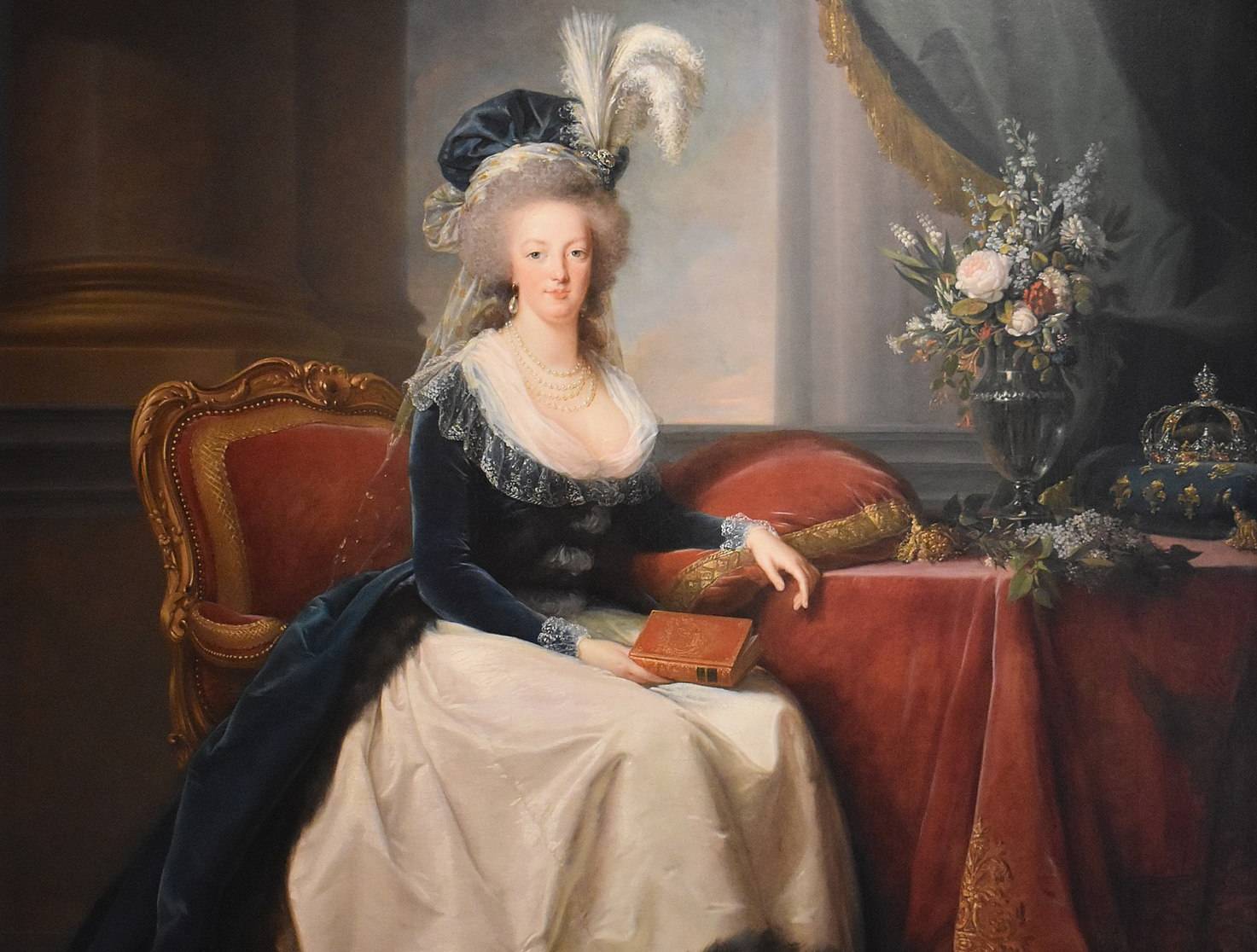 Élisabeth Louise Vigée Le Brun, Wikimedia Commons
Élisabeth Louise Vigée Le Brun, Wikimedia Commons
38. She Tried To Change
Following this scandal, it became clear that Marie Antoinette needed to reform her image. She began to set aside her frivolities, and become more involved in politics; she attempted to erase the image the Diamond Necklace Affair had given her by publicly devoting herself to the education and raising of her children. Unfortunately, it quickly proved to be too little too late.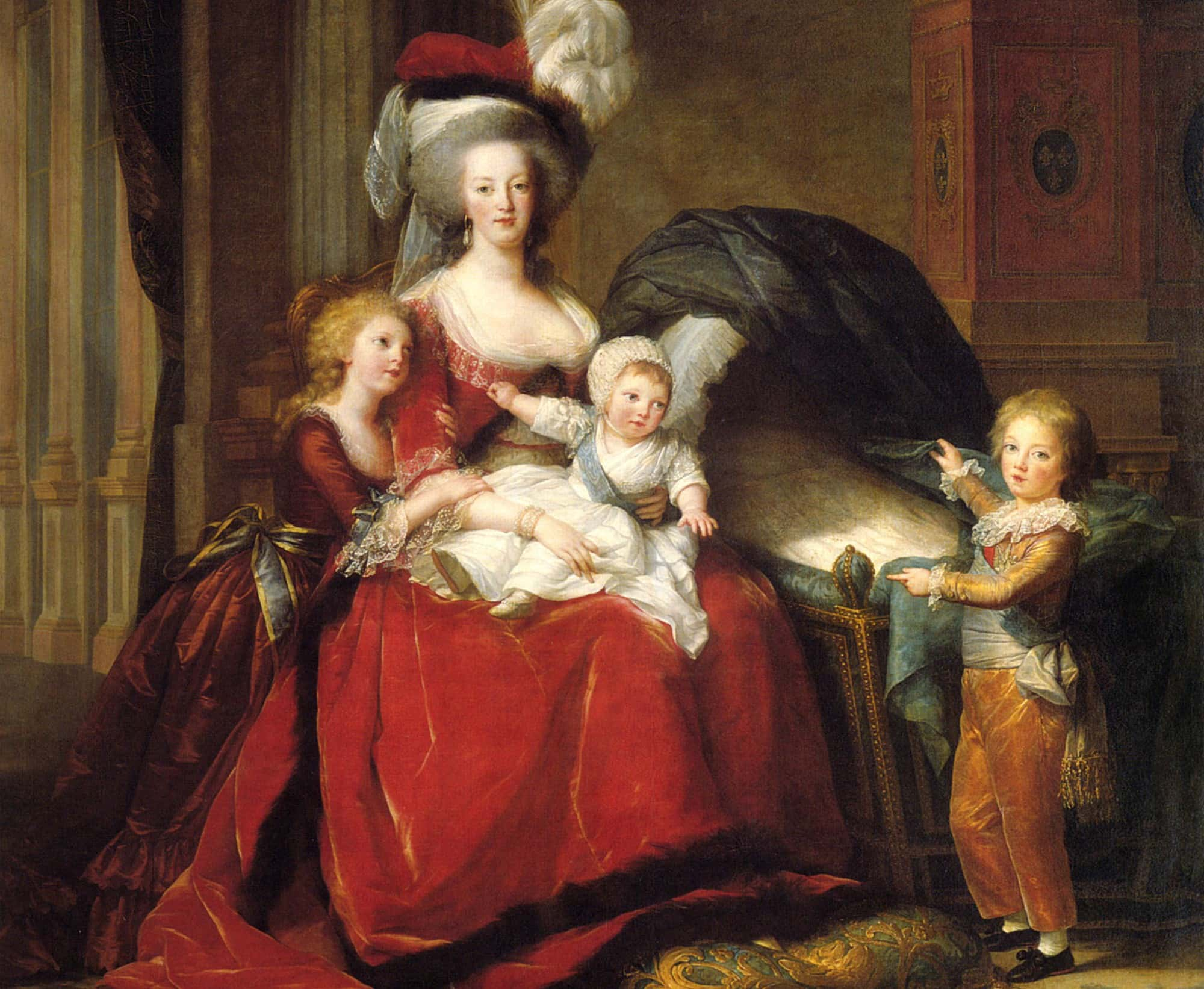 Élisabeth Louise Vigée Le Brun, Wikimedia Commons
Élisabeth Louise Vigée Le Brun, Wikimedia Commons
39. Her Husband Depended On Her
Around this time, Louis began suffering from depression, and therefore, depended on the advice of his wife. Marie Antoinette was influential in many of the efforts attempted to reform their financial system and pull the nation out of poverty. Unfortunately, all of these reforms failed, due to many factors, often out of her control. The public blamed Marie Antoinette for every failure. And when tragedy soon struck—they showed how little they cared. 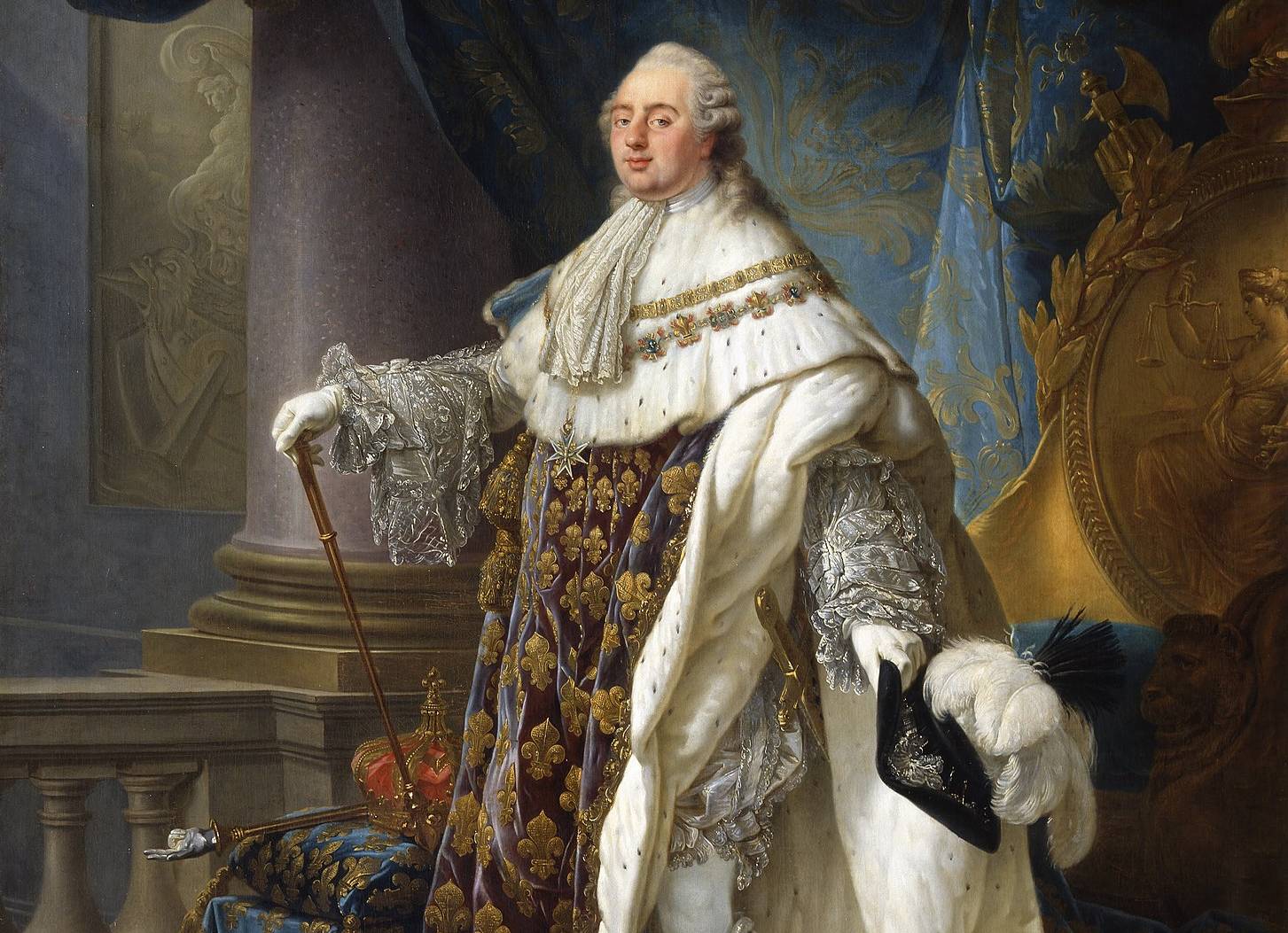 Antoine-François Callet, Wikimedia Commons
Antoine-François Callet, Wikimedia Commons
40. Her Tragedy Was Ignored
On June 4, 1789, the royal couple’s eldest son, Louis Joseph succumbed to tuberculosis. This loss deeply affected both of his parents; however, the nation was in too much turmoil to sympathize with this personal grief. Marie Antoinette became heavy handed as she intended to crush the threats of revolution, and after several small exchanges, this came to a head with the storming of the Bastille on July 14.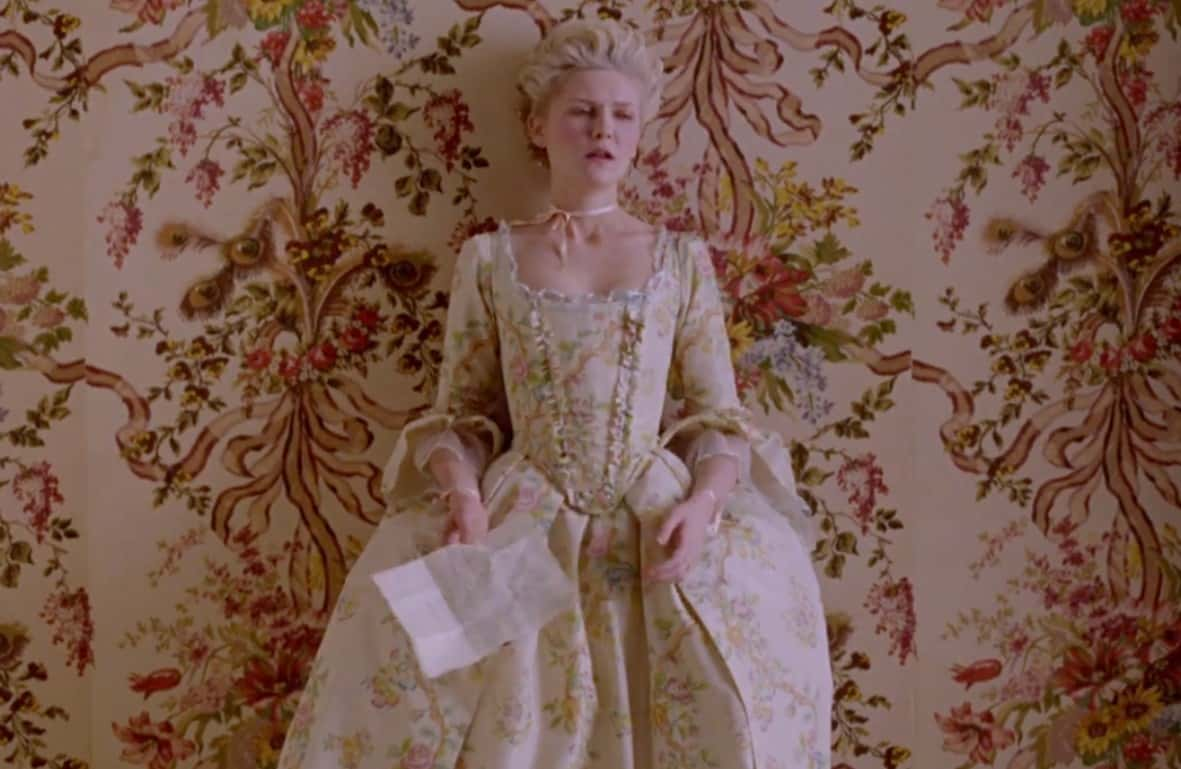 Columbia, Marie Antoinette (2006)
Columbia, Marie Antoinette (2006)
41. She Lost Her Power
Tensions began to grow following the storming of the Bastille. Many members of the aristocracy began to flee Paris; the king and queen, however, remained. Another bread shortage was fueling the fight among the common people, and the royal family was forced into a “house arrest” in the Tuileries Palace in Paris.
 Joseph Hauzinger, Wikimedia Commons
Joseph Hauzinger, Wikimedia Commons
42. She Proved A Savvy Negotiator
Careful negotiations between the monarch and the people filled this period. Marie Antoinette played a large role in swaying their biggest ally, the Comte de Mirabeau, to their side. Unfortunately, shortly following Mirabeau’s passing, the National Guard barred the royal family from leaving Paris for the country as intended, and Marie Antoinette understood their time in Paris was up. They needed to flee.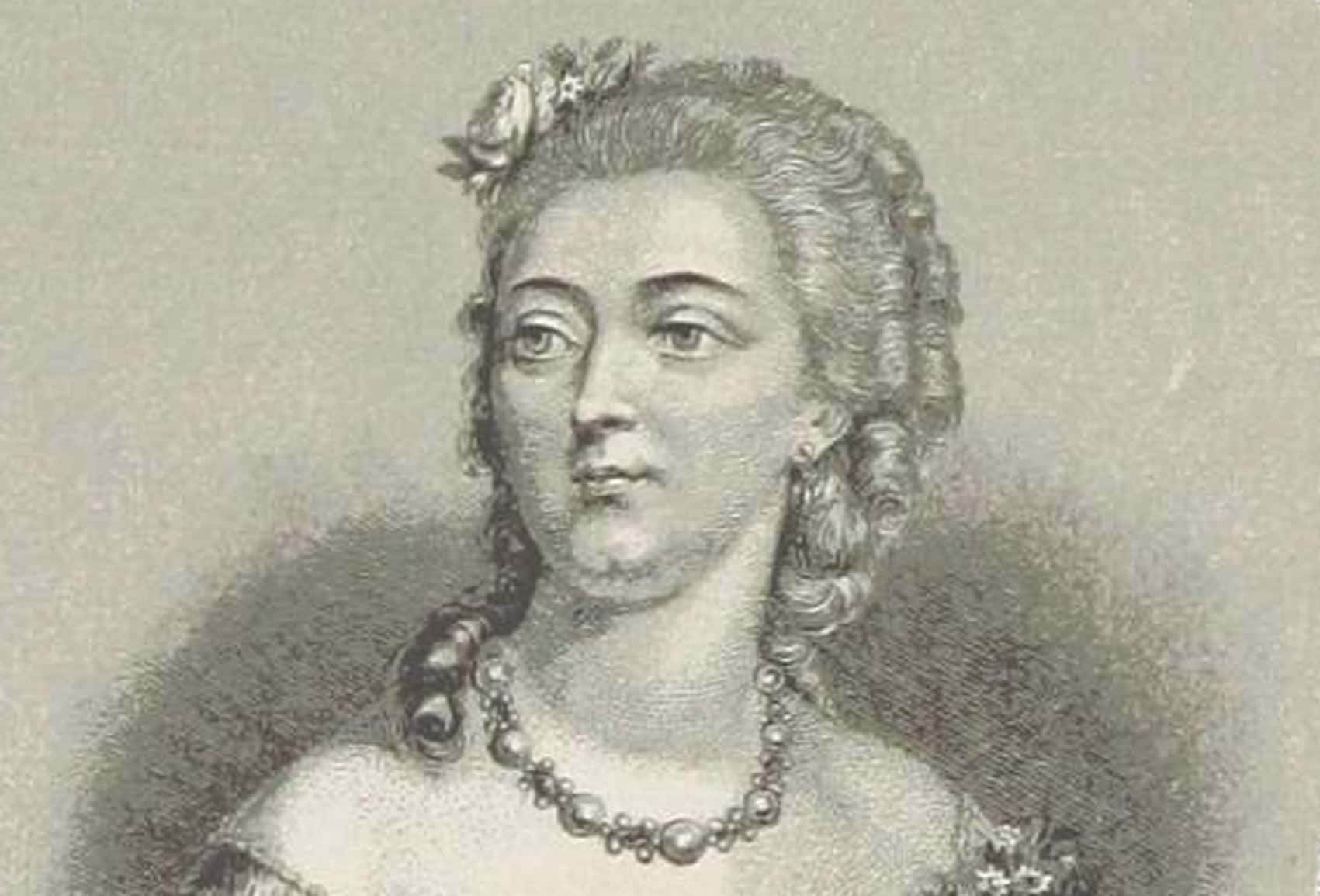 British Library, Picryl
British Library, Picryl
43. She Tried To Leave
Marie Antoinette had wished to flee before this. However, King Louis always posed a problem, either by refusing or taking too long to take action. Finally, in June 1971, they planned for the whole royal family to flee, disguised as servants. It was a poorly executed plan, and guards had caught the entire family less than 24 hours later. The attempt to escape destroyed any support the royal family continued to have. Everyone had turned on them, and the end was near.
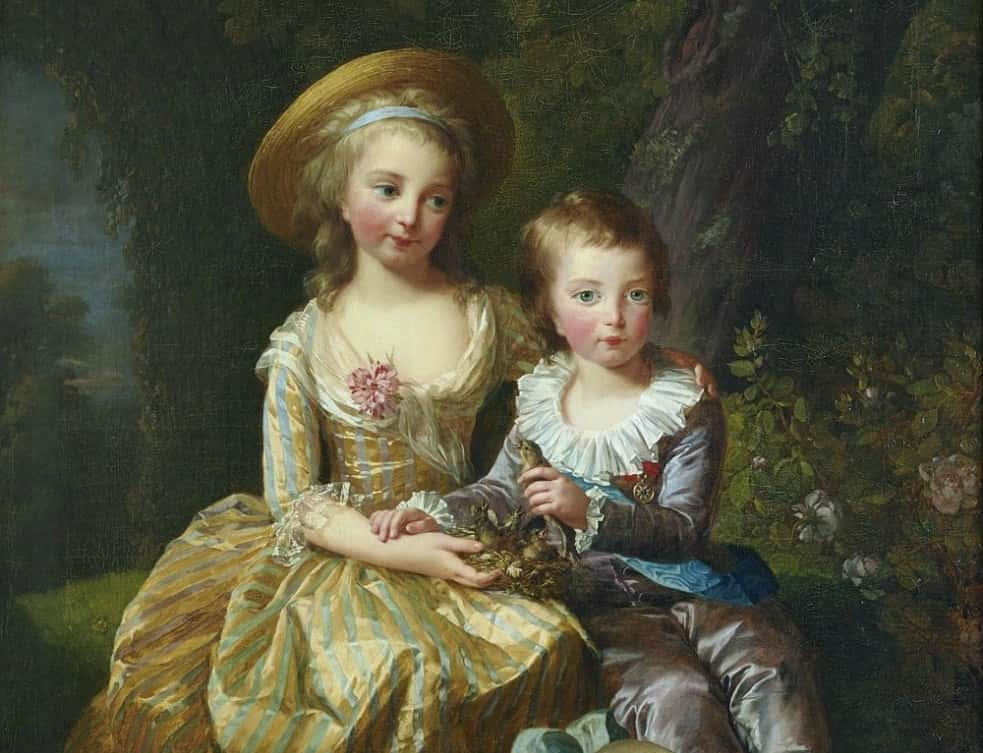 Élisabeth Louise Vigée Le Brun, Wikimedia Commons
Élisabeth Louise Vigée Le Brun, Wikimedia Commons
44. She Was Caged
Following their return to the Tuileries, Marie Antoinette and her husband remained under constant guard. Four guards followed her everywhere and she slept with her bedroom door open. Her health began to deteriorate, and her unwillingness to compromise lost her what few allies she and the king continued to have. They couldn’t salvage the situation, yet Marie Antoinette continued to hope.
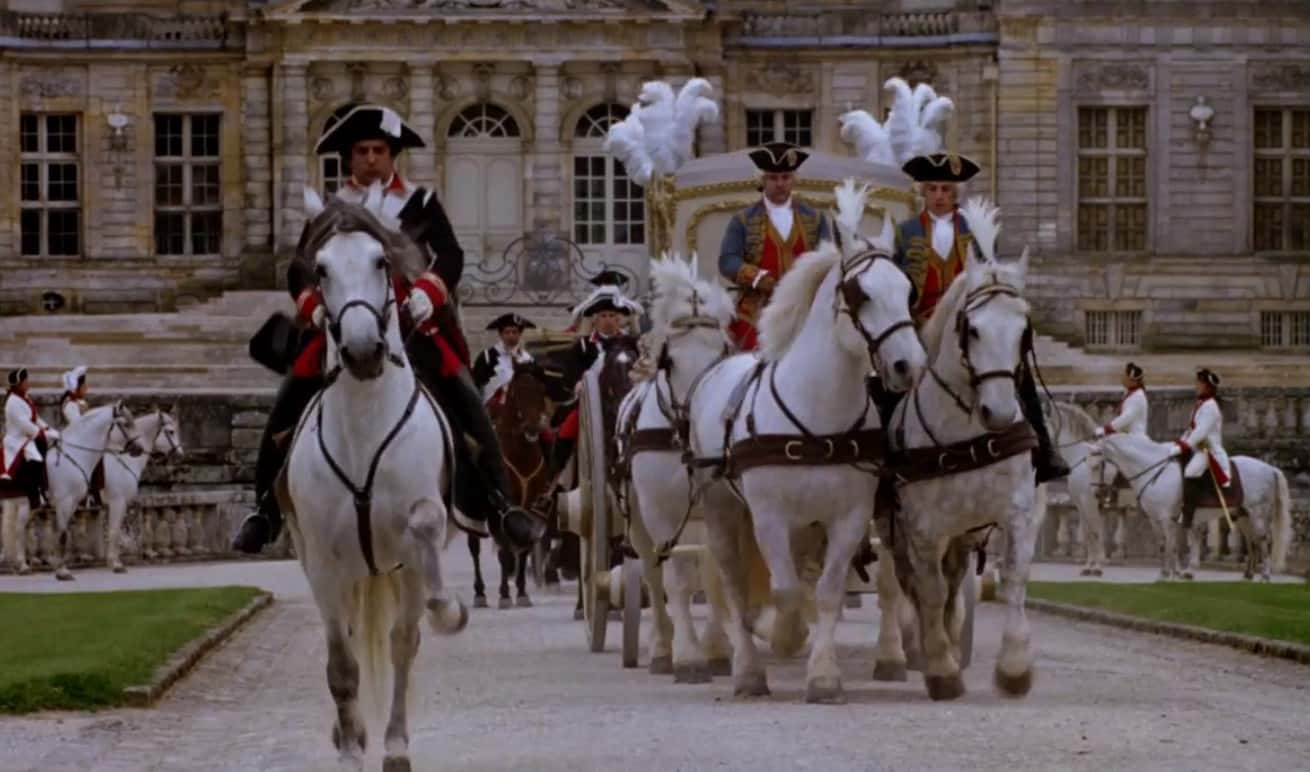 Columbia, Marie Antoinette (2006)
Columbia, Marie Antoinette (2006)
45. She Never Gave Up
Marie Antoinette’s biggest hope was that her family would support her, ending the revolution in France. Her brother, Leopold, and his son were both willing to use their strength in Austria to offer some support; however, this resulted in France declaring war on Austria—leading to Marie Antoinette being considered an enemy. 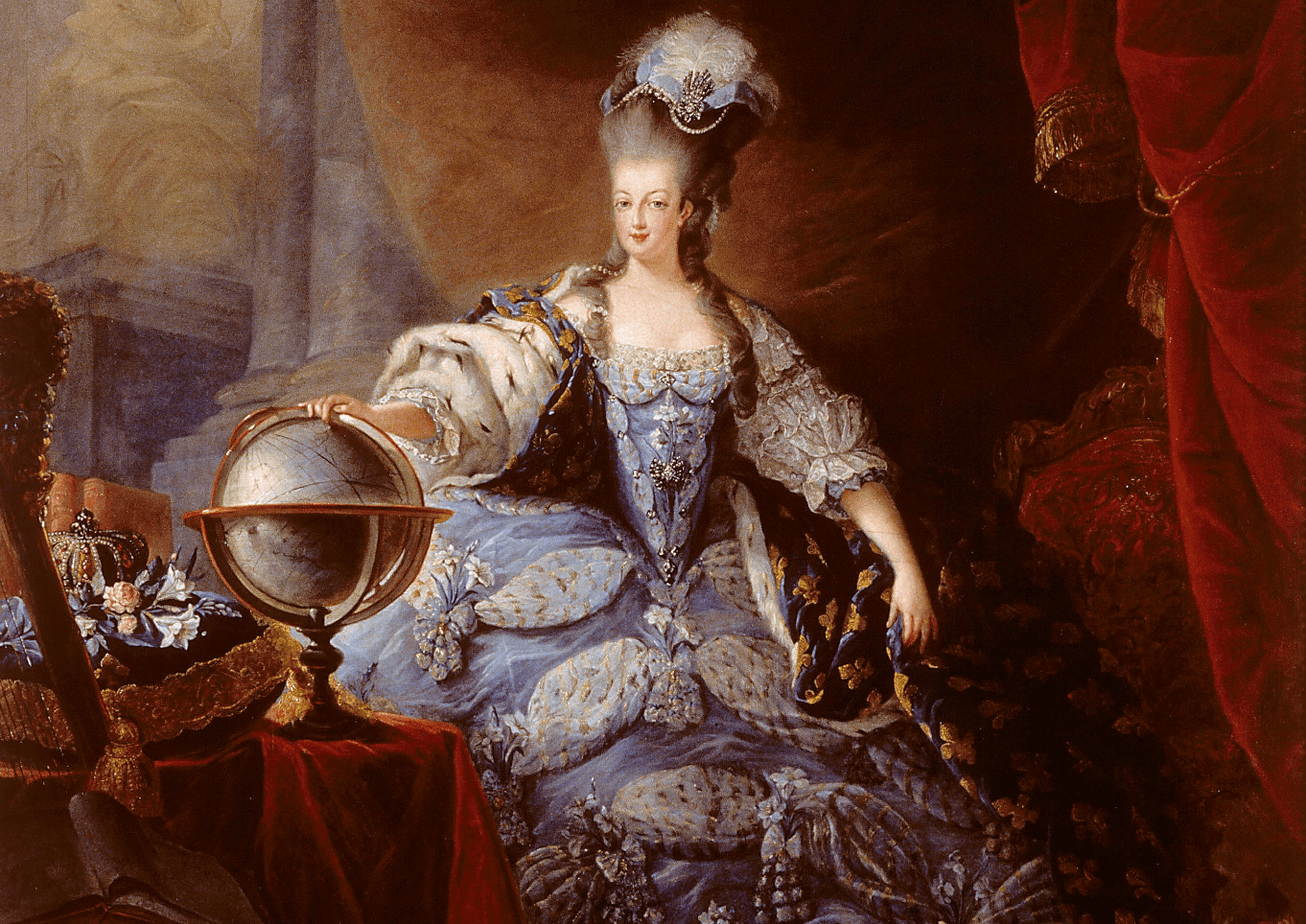 Jean-Baptiste André Gautier-Dagoty, Wikimedia Commons
Jean-Baptiste André Gautier-Dagoty, Wikimedia Commons
46. Her Family Was Surprised
Tensions continued to grow throughout 1791 and 1792, particularly as the king refused to agree to any suggestions that might limit his power. Finally, a mob descended on the Tuileries palace; the royal family fled to the Legislative Assembly. However, that only sheltered them for a few days. On August 12, the people moved the family to the Temple in Marais, where they were again imprisoned, this time without their luxuries. This time, though, the imprisonment didn't last long—at least not for one of them.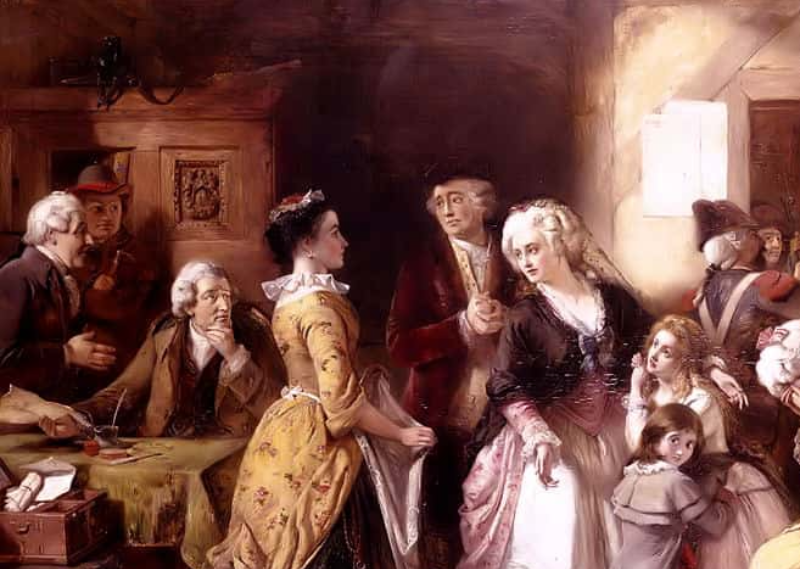 Thomas Falcon Marshall (1818-1878), Wikimedia Commons
Thomas Falcon Marshall (1818-1878), Wikimedia Commons
47. She Husband Was Executed
On September 21, 1792, the people of France declared themselves a republic. They tried Louis, now no longer a king in the eyes of the republic, for treason in December that year. On January 15, 1793, they voted to execute him; Louis faced the guillotine a few days later on January 21, 1793. Marie Antoinette was alone, yet they didn’t know what to do with her.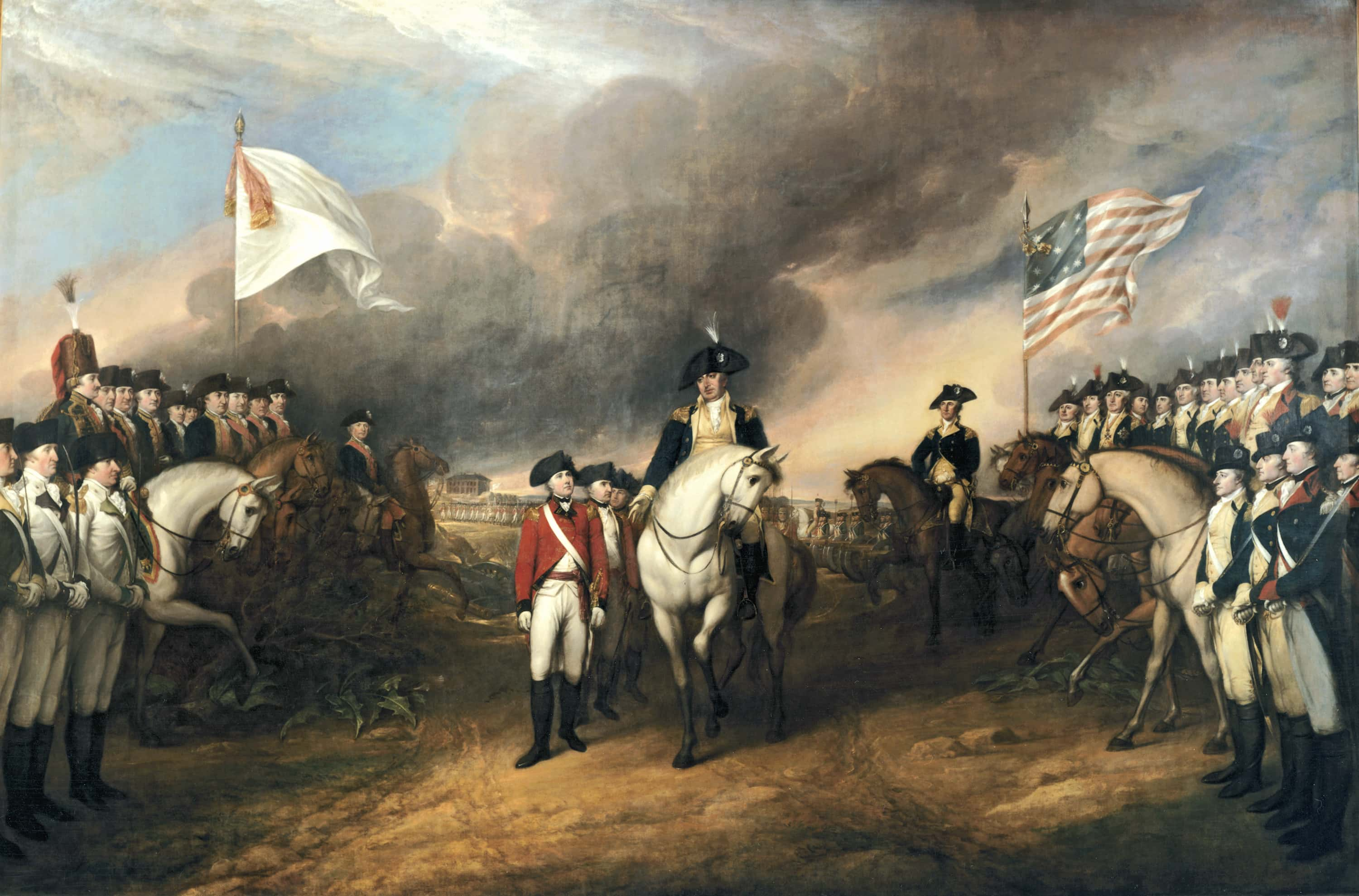 John Trumbull, Wikimedia Commons
John Trumbull, Wikimedia Commons
48. Her Son Was Taken
Now simply “Widow Capet”, the Republic couldn’t agree on what to do with Marie Antoinette. However, they had plans for her eight-year-old son, Louis Charles. Feeling that he was still young enough for them to influence, they forcefully ripped Louis Charles away from Marie Antoinette. She spent her last days looking for a glimpse of her son, who in a matter of weeks began to revile her, thanks to the revolutionaries’ influence. He was completely under the Republic's control. Meanwhile, the question of what to do Marie Antoinette continued.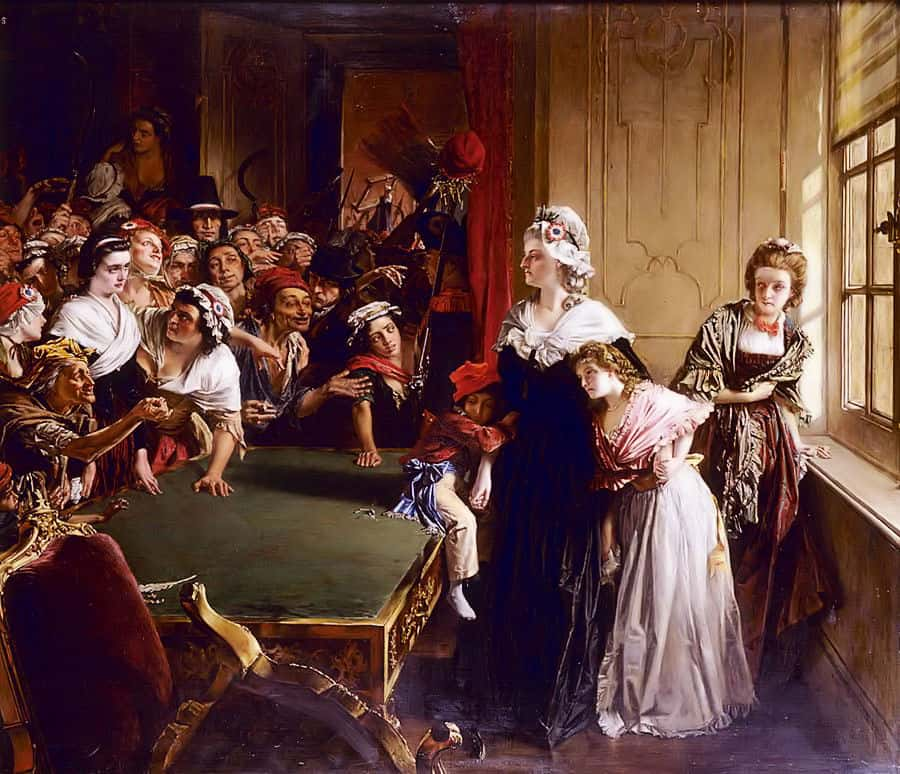 Unknown Author, Wikimedia Commons
Unknown Author, Wikimedia Commons
49. She Stood Trial
In the end, Marie Antoinette faced trial in October 1793; with only a day to prepare, most historians agree the trial was a sham. It was a means to ridicule this woman they loathed. They accused her of inflated and ridiculous charges, including an accusation of intimate relations with her son, made by none other than Louis Charles himself, who was under the control of the revolutionaries now. In the end, she was found guilty of high treason which condemned her to the guillotine—just like her husband.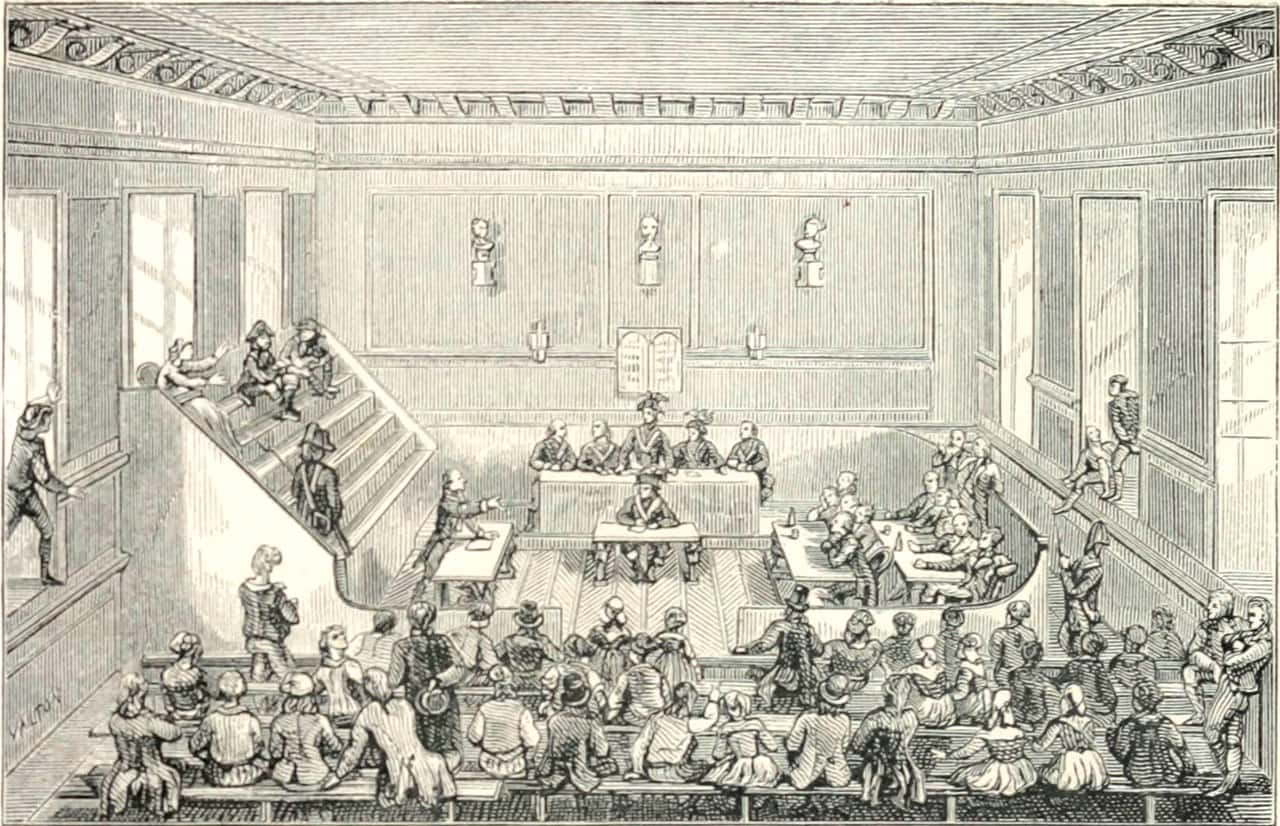 Unknown Author, Wikimedia Commons
Unknown Author, Wikimedia Commons
50. She Lost Her Head
Marie Antoinette lost her head on October 16, 1793, after being forced to suffer several indignities to her person, including poor clothes and a shaved head. Her final words were reportedly “Pardon me, sir, I did not do it on purpose” after she accidentally stepped on her executioner’s shoe. While she was undeniably careless at points in her life; over the years, stories conflated her true nature to paint a picture that did not fit the woman she was: complicated, full of contradictions, and utterly human, just like the rest of us.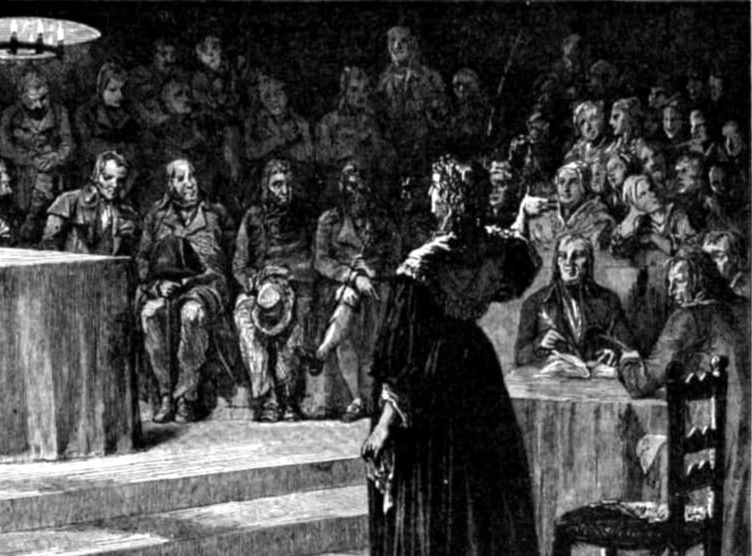 Illegible, Wikimedia Commons
Illegible, Wikimedia Commons

